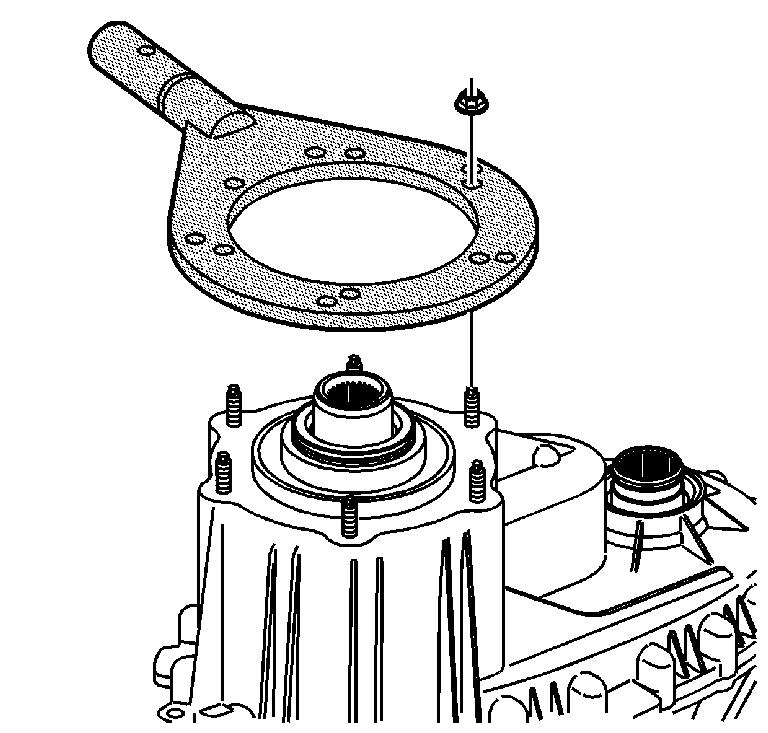
Important: Because of manufacturing design changes, the transfer case was manufactured
with either 1st design clutch components or 2nd design clutch components.
The oil pump pick-up screen parts may also be 1st design or 2nd design.
When the different design components affect disassemble procedures, follow
the procedures for that design level. The changes are for manufacture purposes
only and do not enhance the performance of the transfer case.
- Attach the J 45759
to the transfer case using the adapter studs. All of the transfer case disassembly
procedures can be performed with the case mounted to the J 45759
.
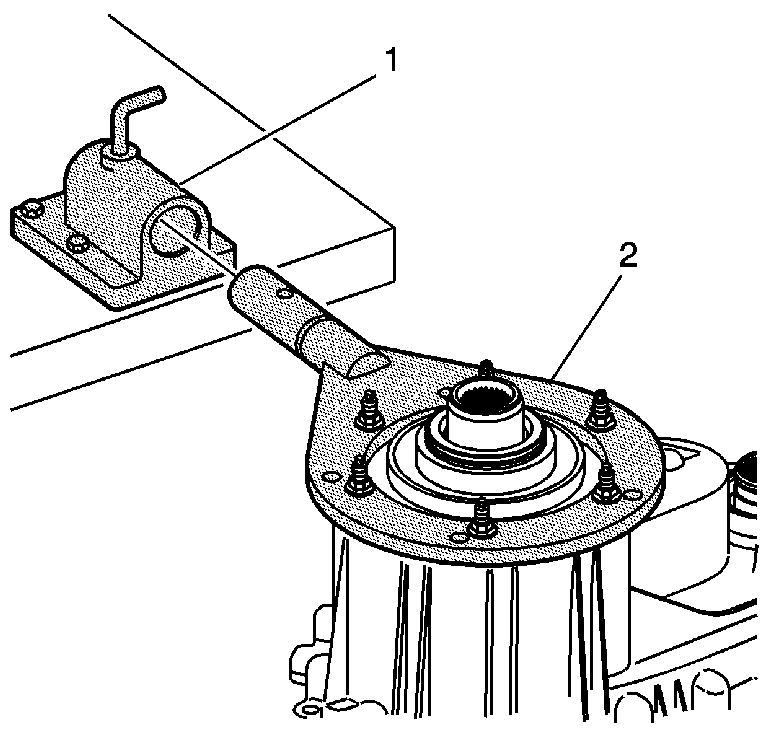
- Mount the J 3289-20
(1) to a sturdy workbench.
- Install the J 45759
(2) into J 3289-20
(1) and secure with pivot pin.
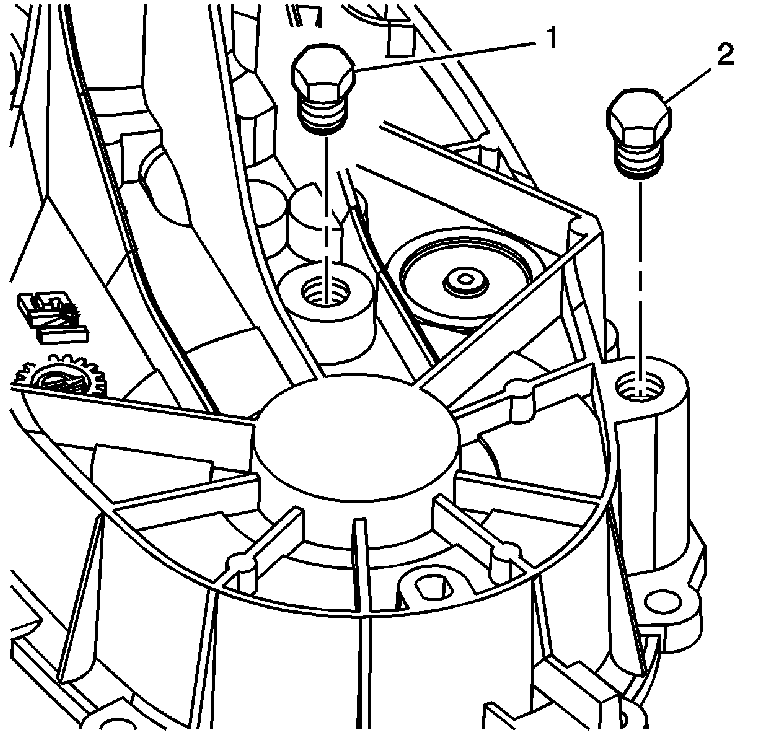
- Remove the drain plug (2) and the fill plug (1).
- Drain the fluid from the transfer case.

- Remove the actuator encoder
motor mounting bolts.
- Remove the actuator encoder motor assembly.
- Remove the actuator insulator.
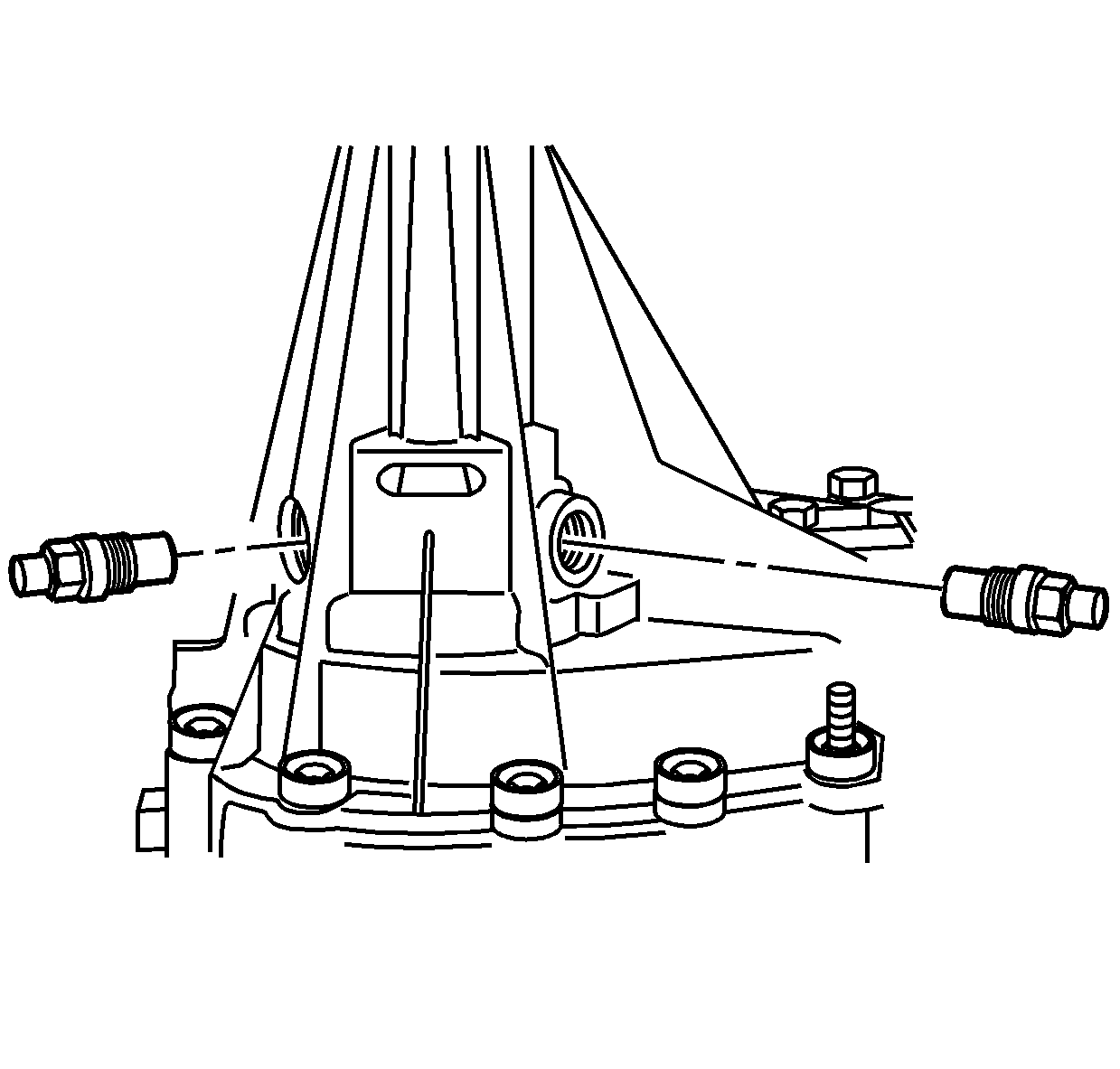
- Remove the left rear speed sensor.
- Remove the right rear speed sensor.
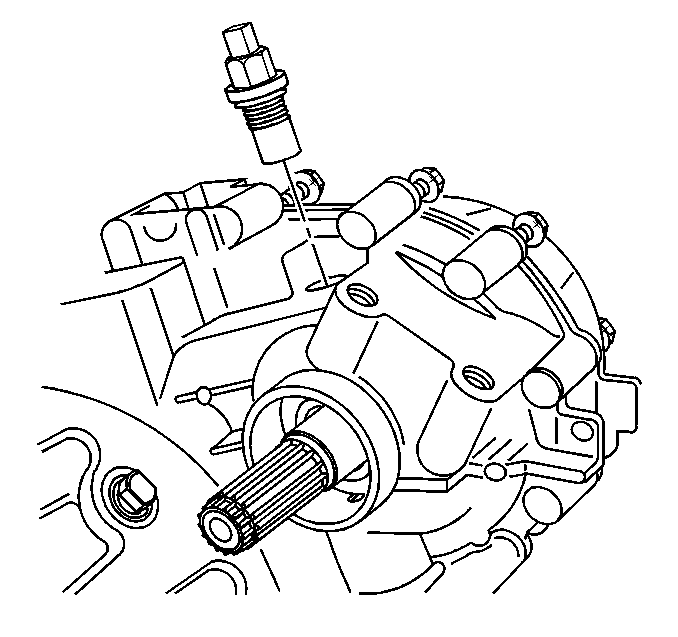
- Remove the front speed
sensor.
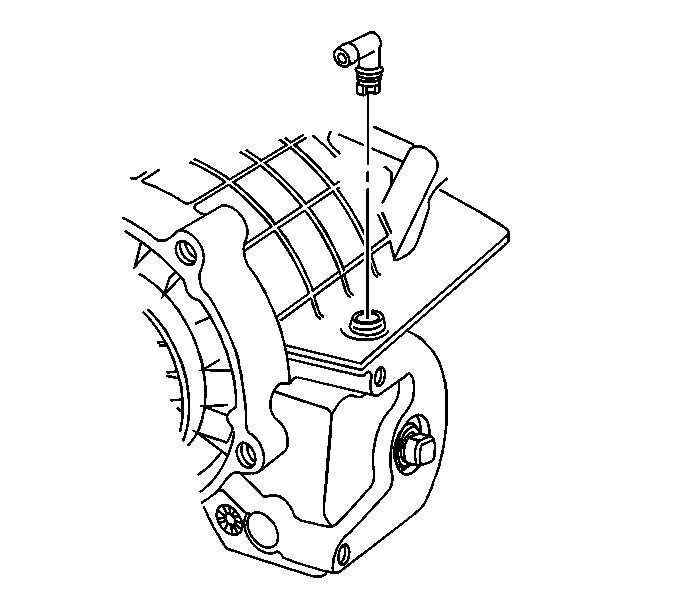
- Remove the vent tube,
only if it is damaged.
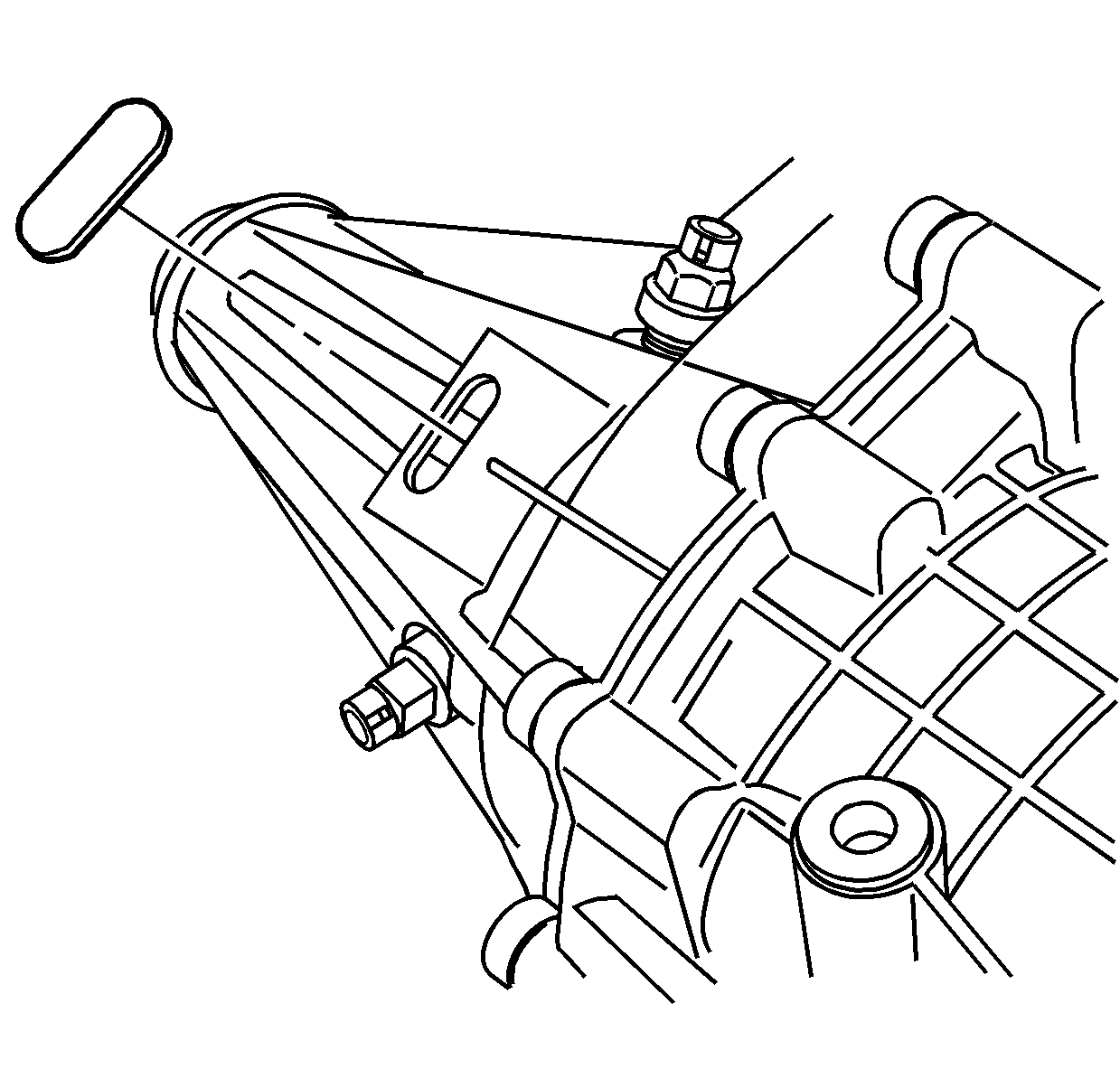
- Remove the rubber plug.
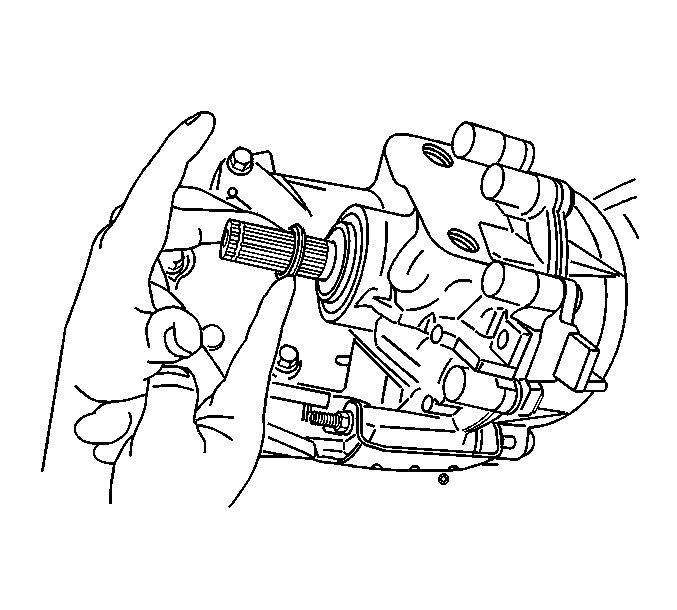
- Remove the front output
shaft dust seal.
Notice: Refer to Transfer Case Seal Removal Notice in the Preface section.

- Remove the front output shaft seal.
Notice: Refer to Transfer Case Seal Removal Notice in the Preface section.
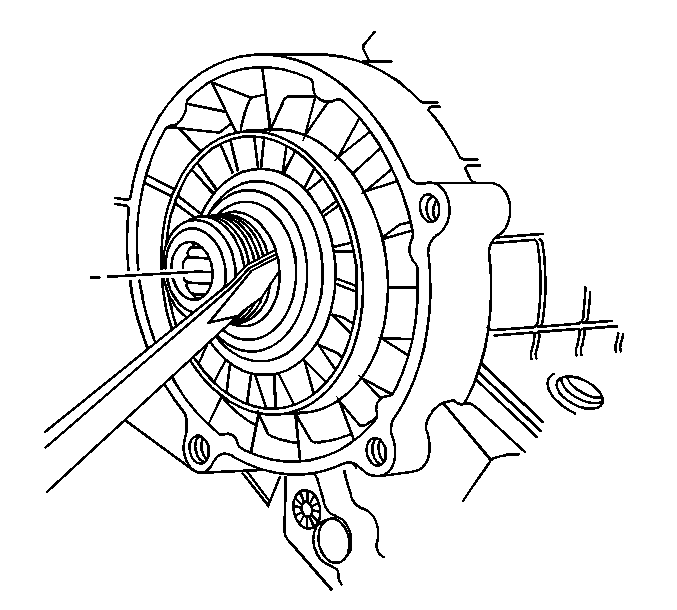
- Remove the input shaft seal.
Notice: Refer to Transfer Case Seal Removal Notice in the Preface section.
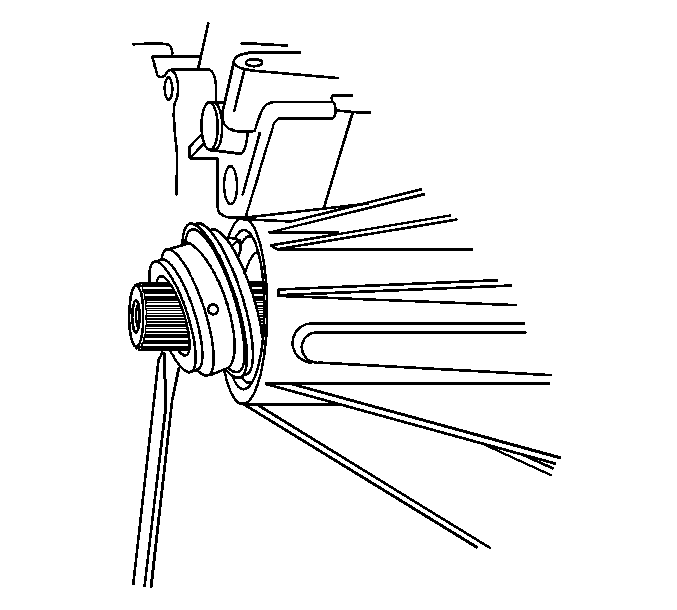
- Remove the rear output shaft seal.
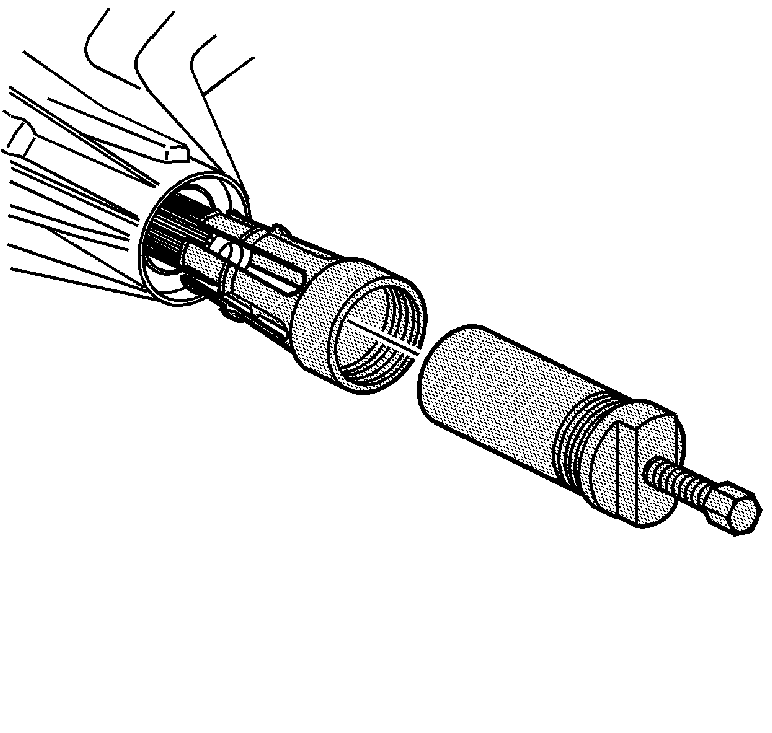
- Inspect the rear bushing
for scoring or wear.
- Using the J 45380
, remove the rear bushing.
| 19.1. | Install the finger section of the J 45380
in front of the bushing. |
| 19.2. | Install the tube and forcing screw assembly to the finger section.
Ensure the forcing screw is backed out. |
| 19.3. | Using a wrench on the forcing screw, remove the rear bushing. |
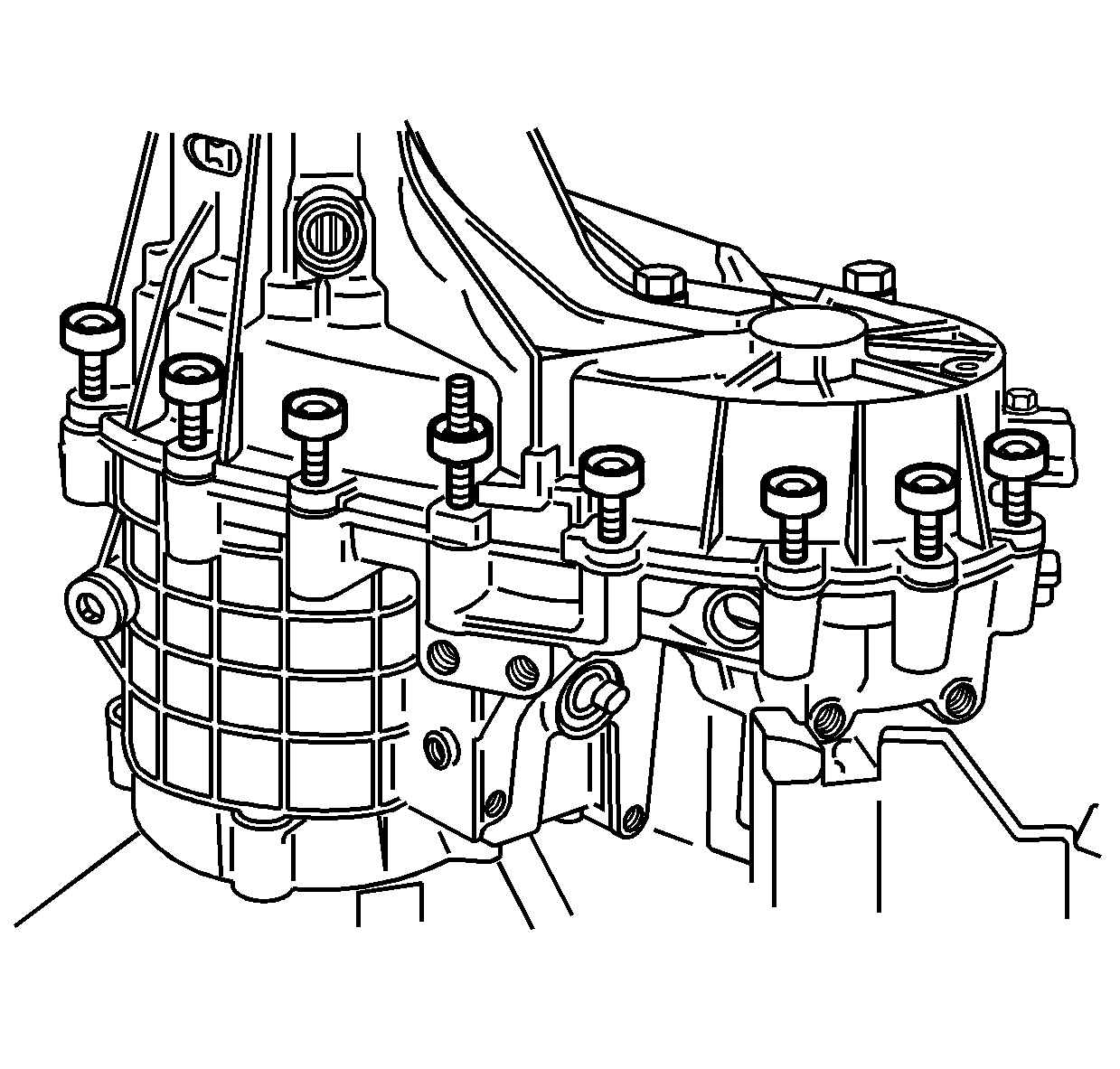
Important: The magnesium transfer cases are using new style bolts that have a cup
style washer. The cup washer is only available with the bolt. If the cup
washer is not damaged the bolt can be used again.
- Remove the transfer case retaining bolts and studs.
- Mark the location of the studs and brackets.
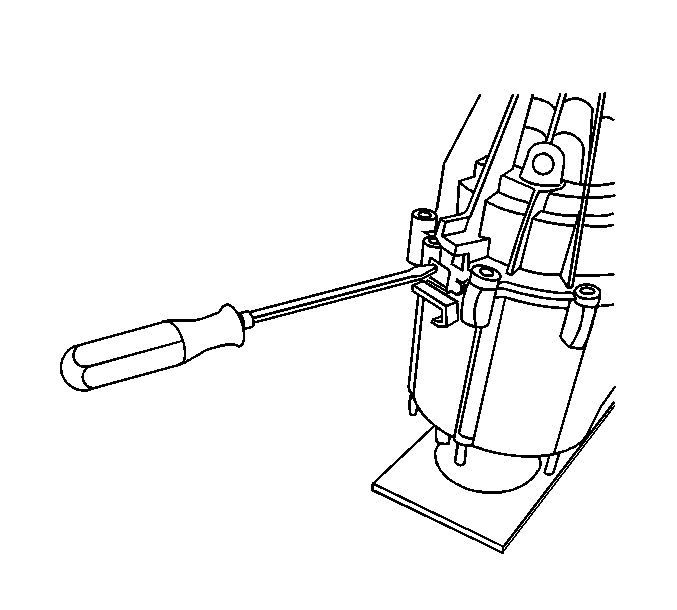
- Insert a flat blade screwdriver
in the slot on the left side of the transfer case.
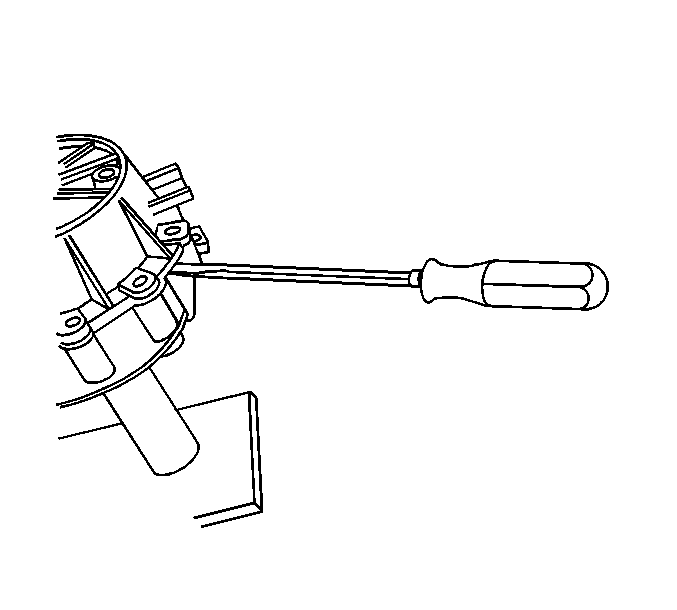
- Insert a flat blade screwdriver
in the slot on the right side of the transfer case.
- Apply equal pressure on both of the screwdrivers, in a downward
motion, and separate the front and rear case halves.
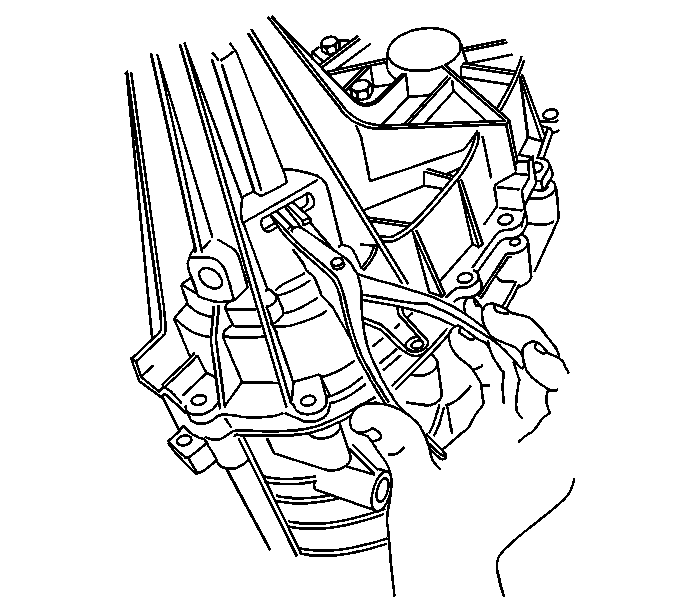
- Insert snap ring pliers
in the slot.
- Using the snap ring pliers, open the retaining ring for the rear
output shaft bearing.
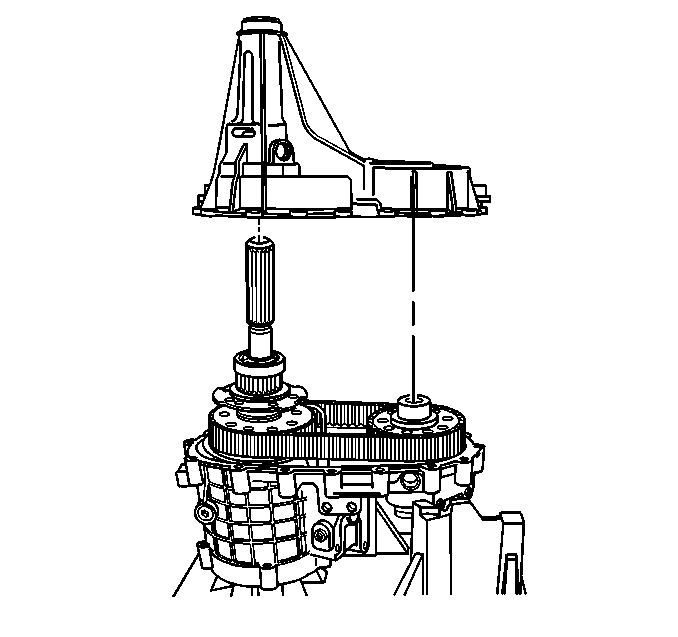
- Remove the rear case from
the front case.
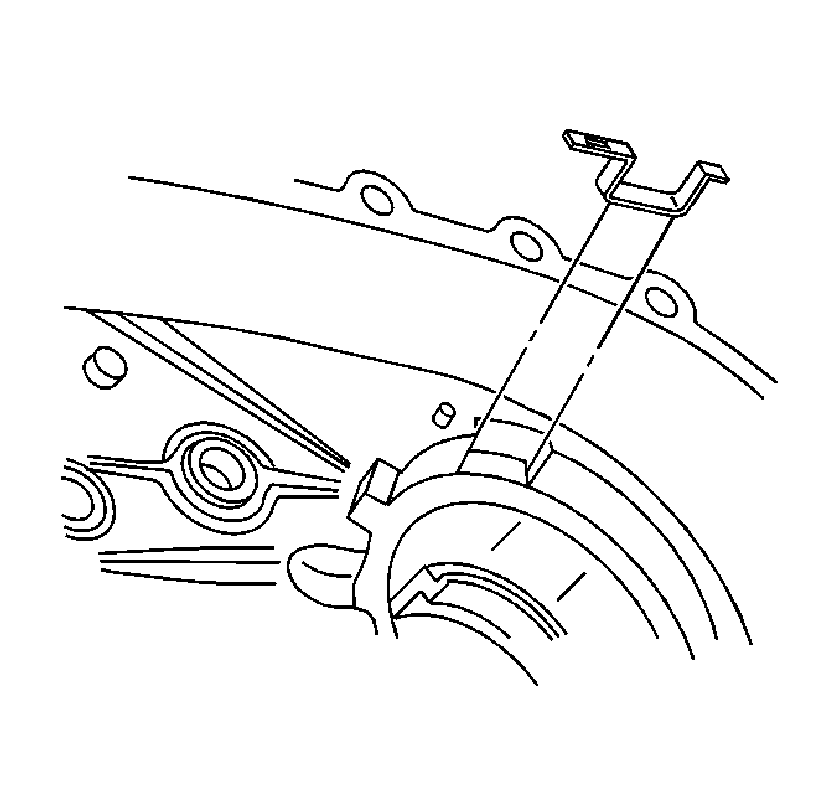
- Remove the oil pump wear
sleeve, only if it is worn or damaged.
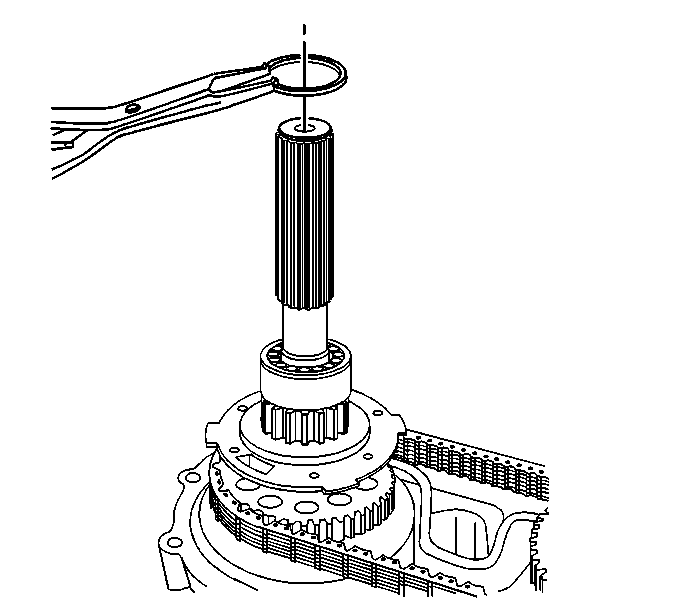
- Remove the rear output
shaft bearing retaining ring.
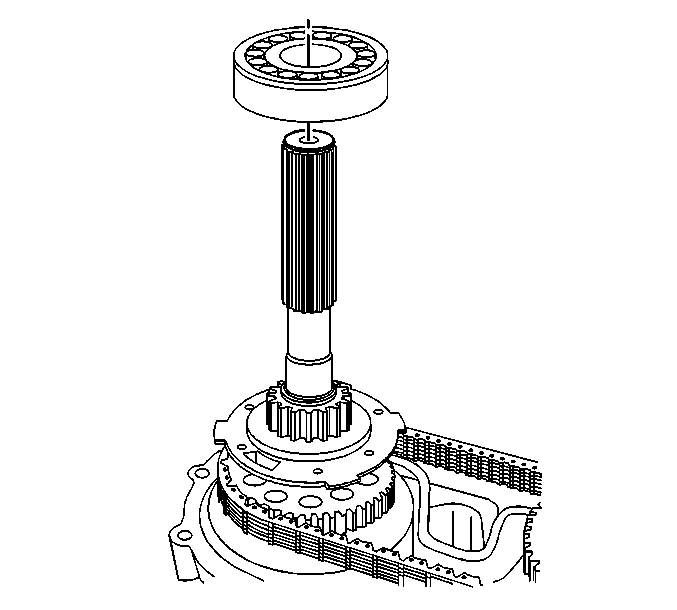
- Remove the rear output
shaft bearing.
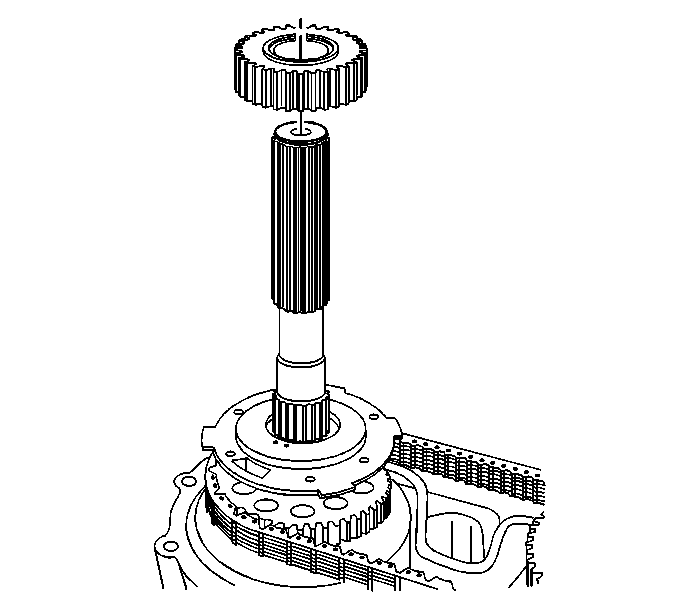
- Remove the rear output
shaft speed sensor reluctor wheel.
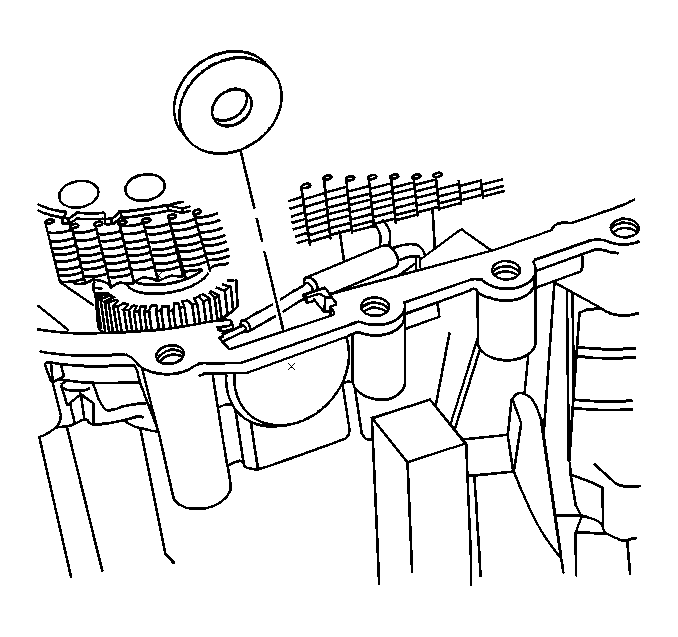
- Remove the magnet.
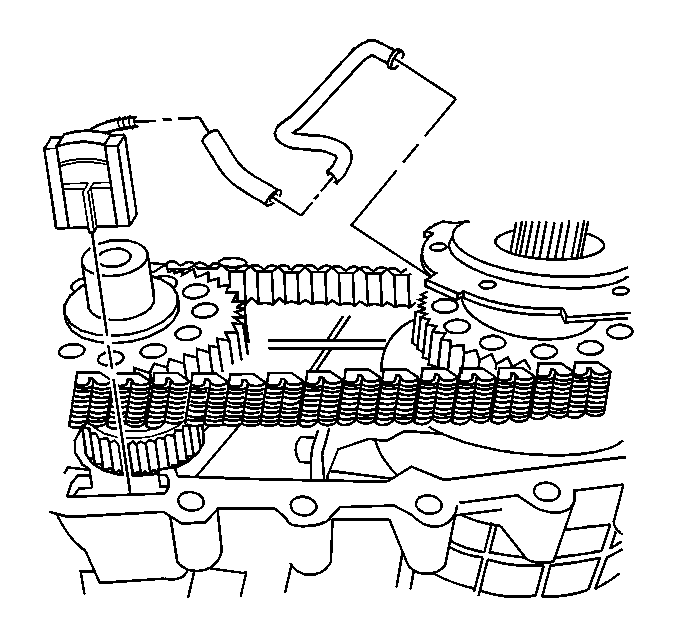
- If 1st design, disconnect
the oil pump suction pipe from the oil pump screen.
- If 1st design, remove the oil pump screen from the front case
half.
- If 1st design, remove the oil pump suction pipe from the oil pump
inlet hole.
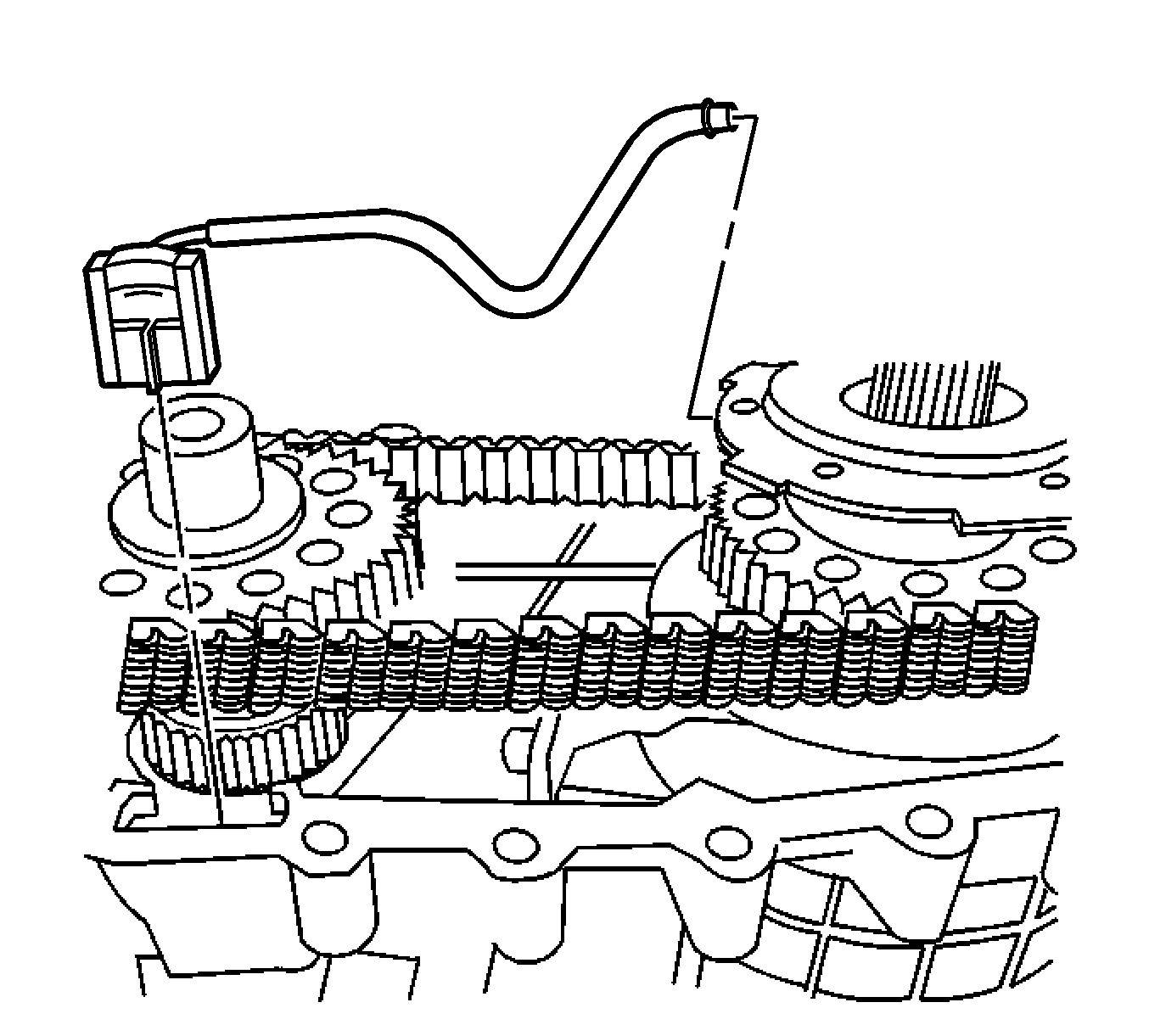
- If 2nd design, remove the oil pump suction
pipe assembly. Do not remove the screen from the pipe.
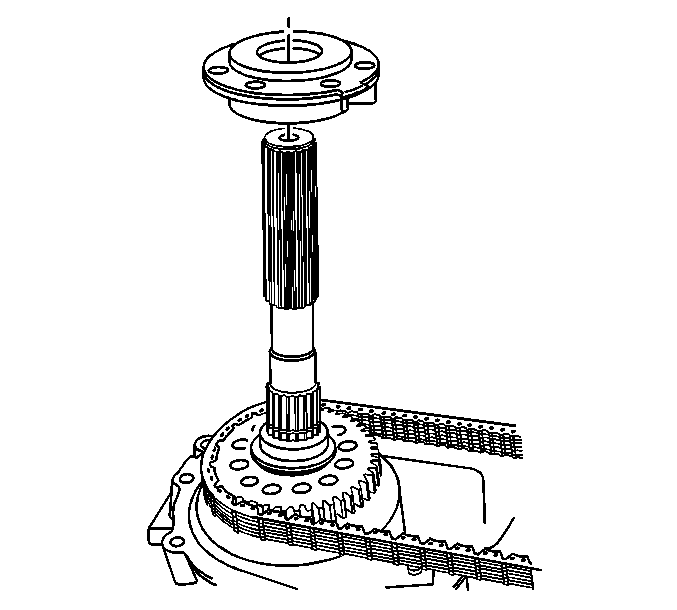
- Remove the oil pump assembly.
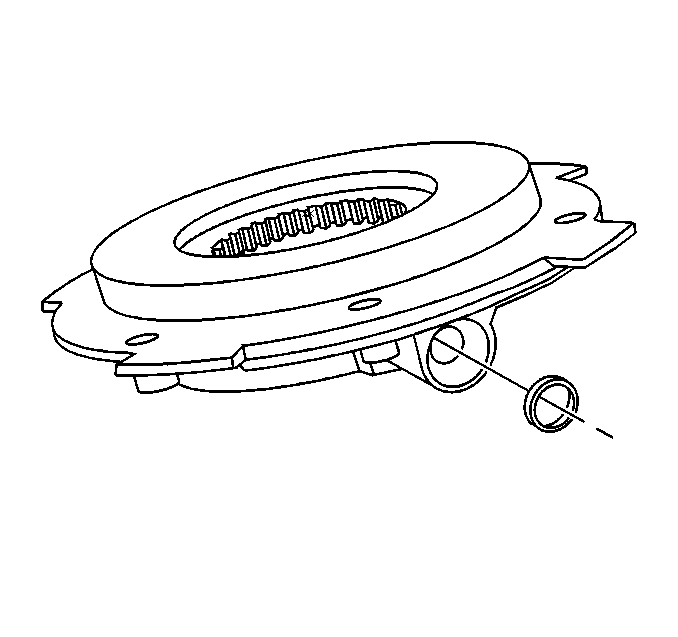
- Remove the oil pump suction
pipe seal.
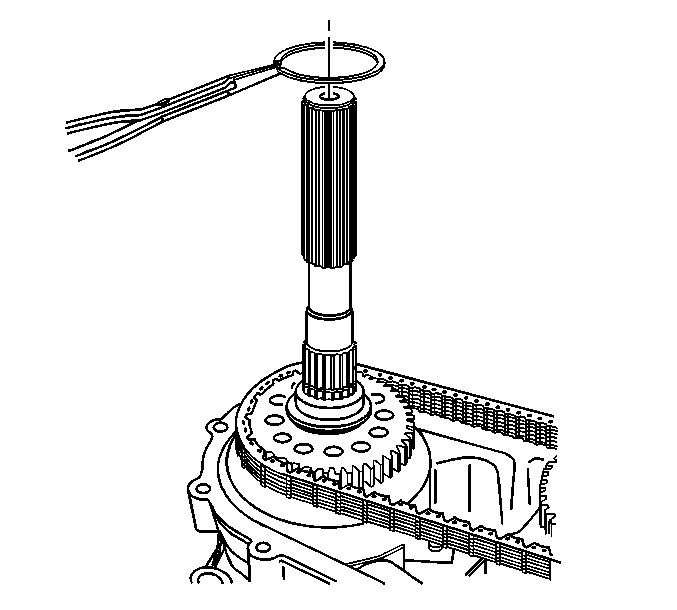
- Remove the drive sprocket
retaining ring.
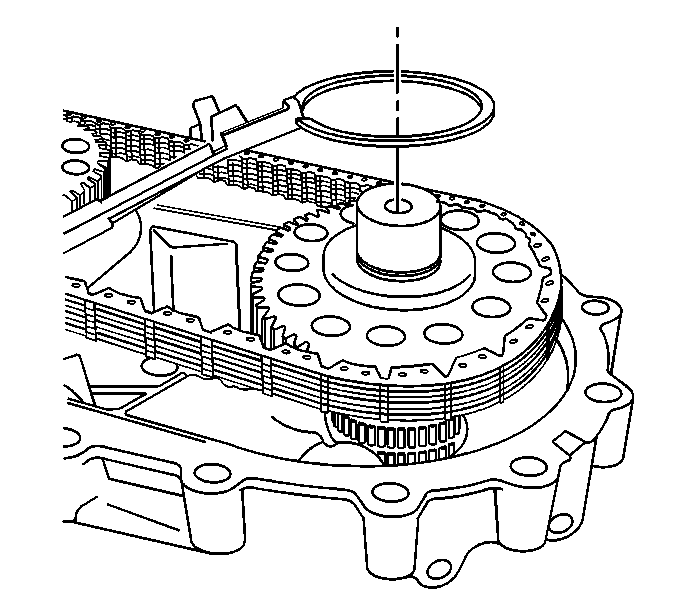
- Remove the driven sprocket
retaining ring.
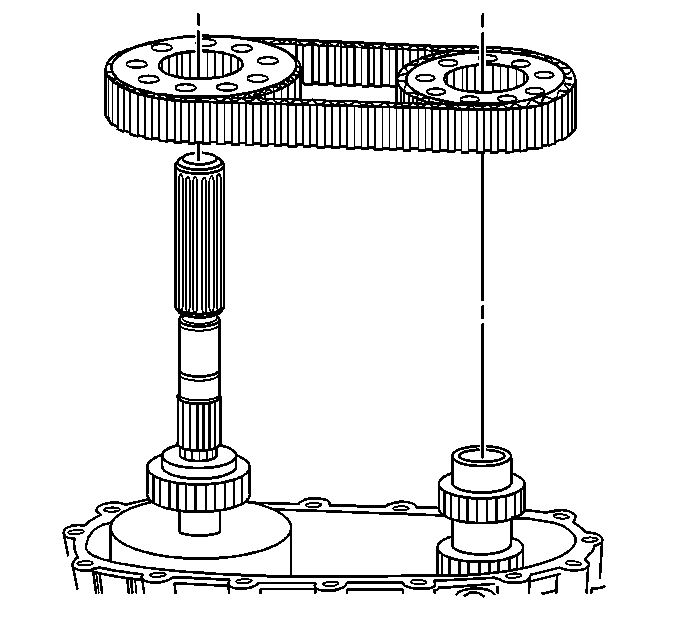
Important: If the drive chain and sprockets are to be used again, mark the relationship
of the drive chain to the sprockets for proper alignment of the wear pattern.
- Remove the drive chain and sprockets.

- Remove the rear output
shaft assembly.
- Mount the rear output shaft in a soft-jaw vise with the
input end up.
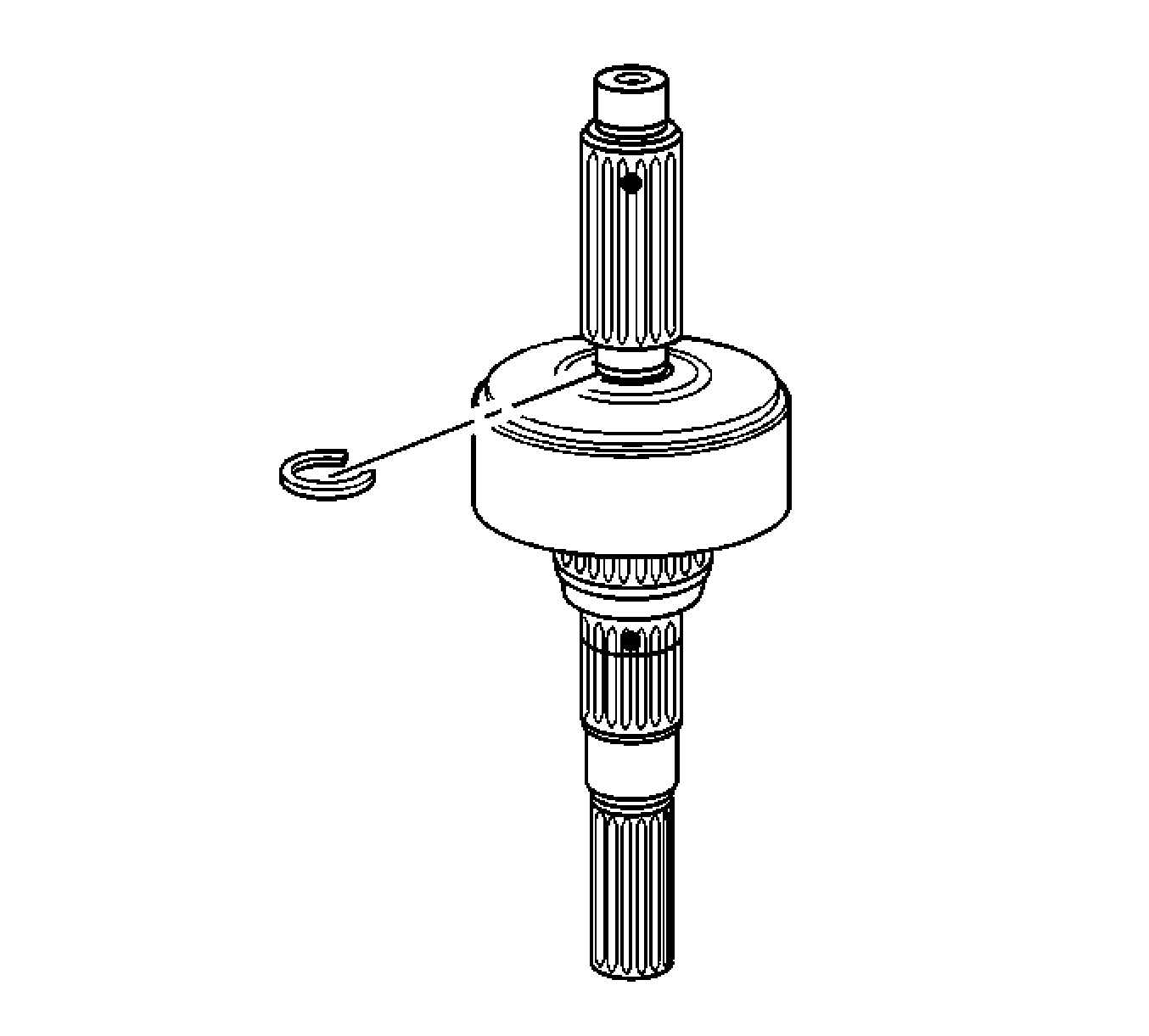
- Remove the clutch retaining
ring.
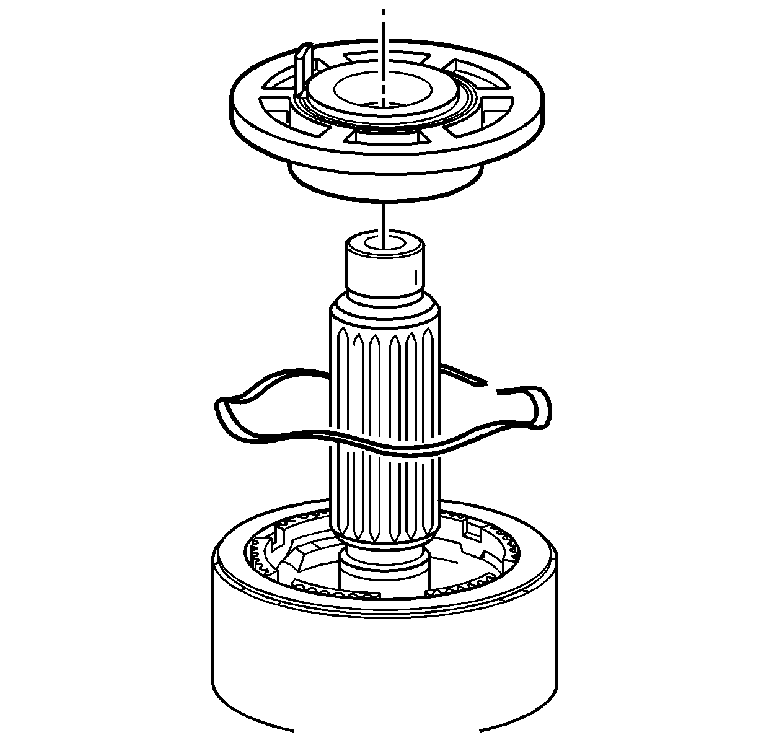
- If 1st design, remove
the clutch pressure plate assembly.
- If 1st design, remove the clutch pressure plate spring.
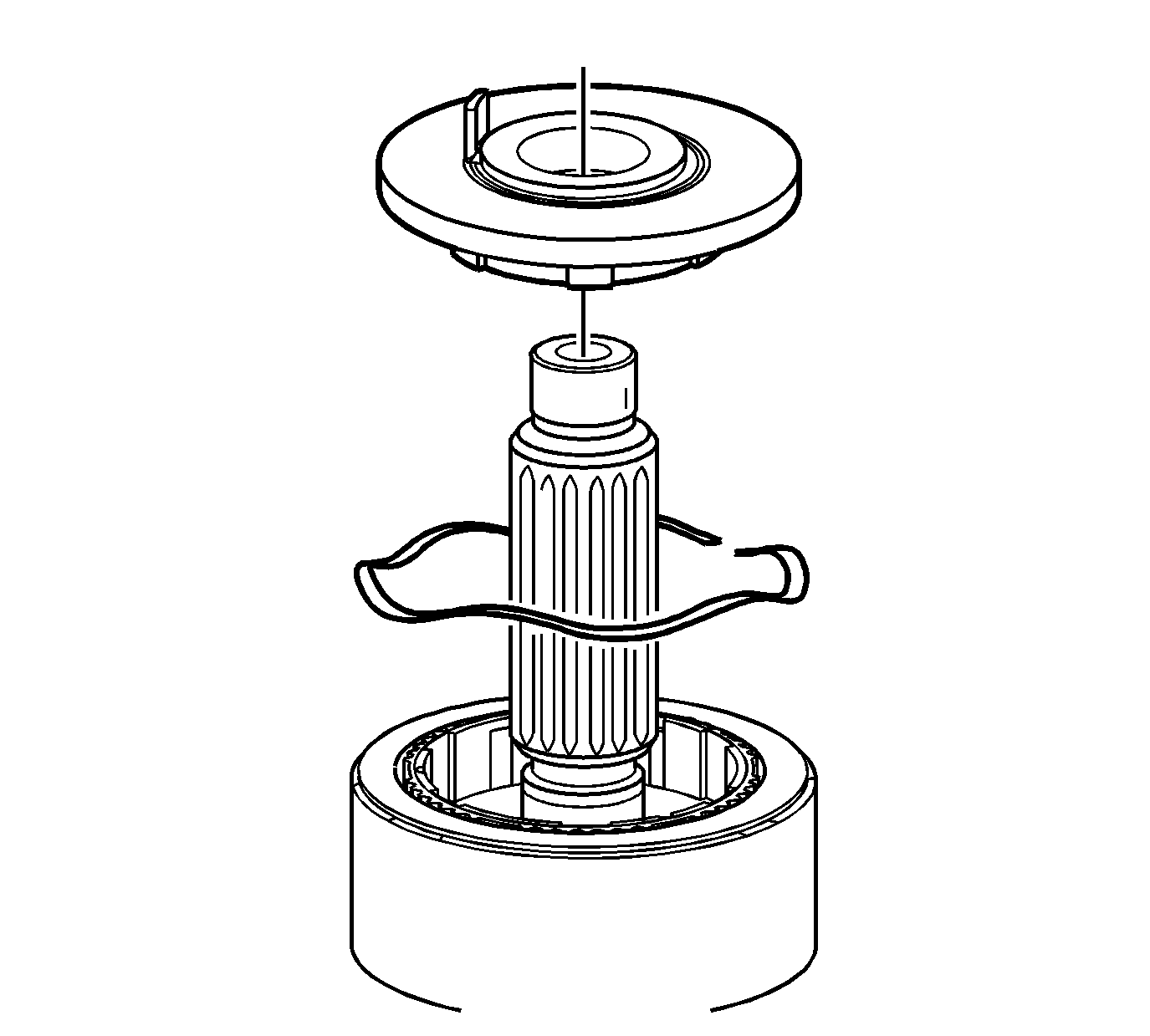
- If 2nd design, remove the clutch pressure
plate assembly.
- If 2nd design, remove the clutch pressure plate spring.
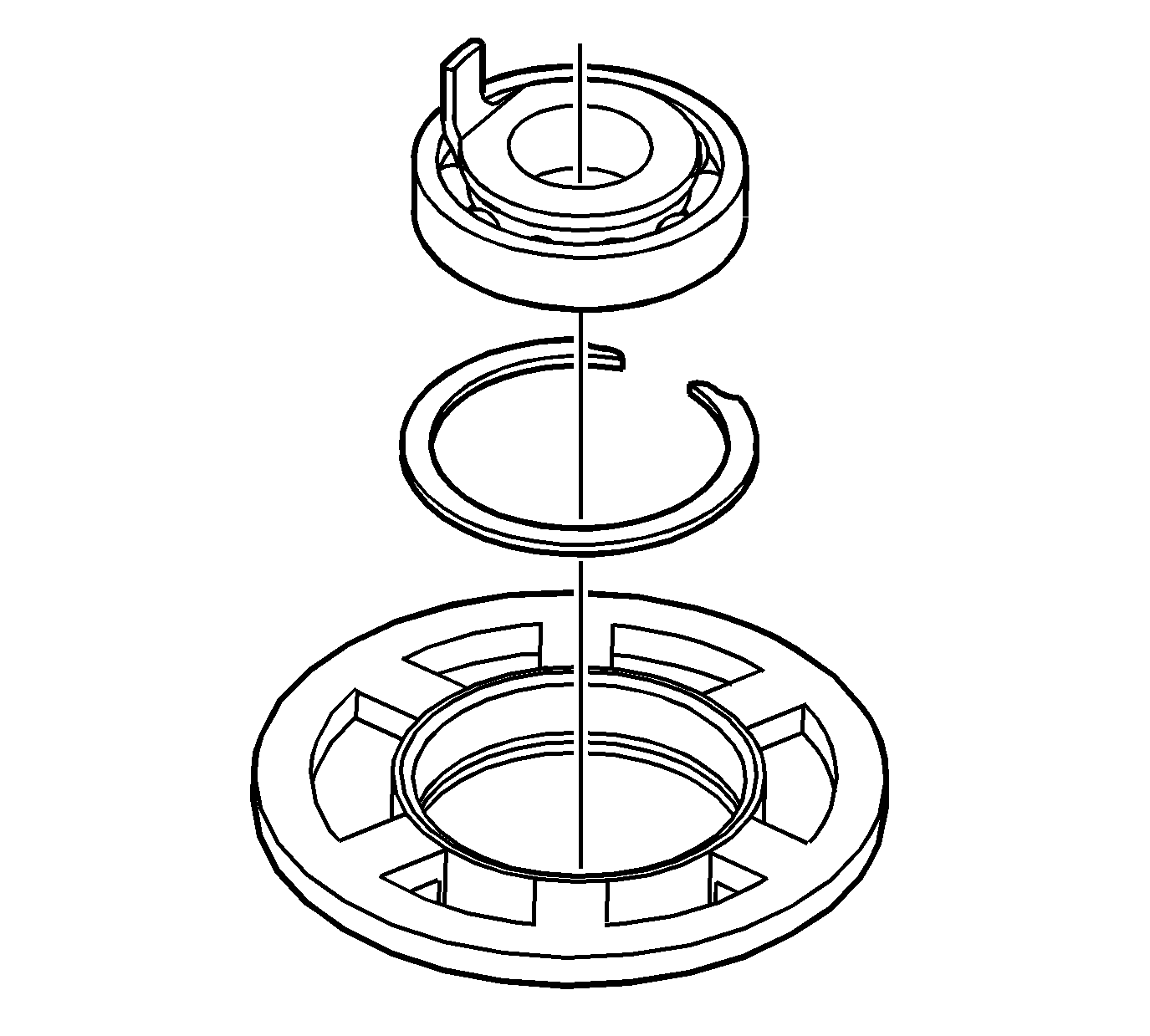
- If 1st design, remove
the clutch pressure plate bearing, with the clutch bearing inner support,
from the clutch pressure plate.
- If necessary, remove the retaining ring from the clutch pressure
plate.
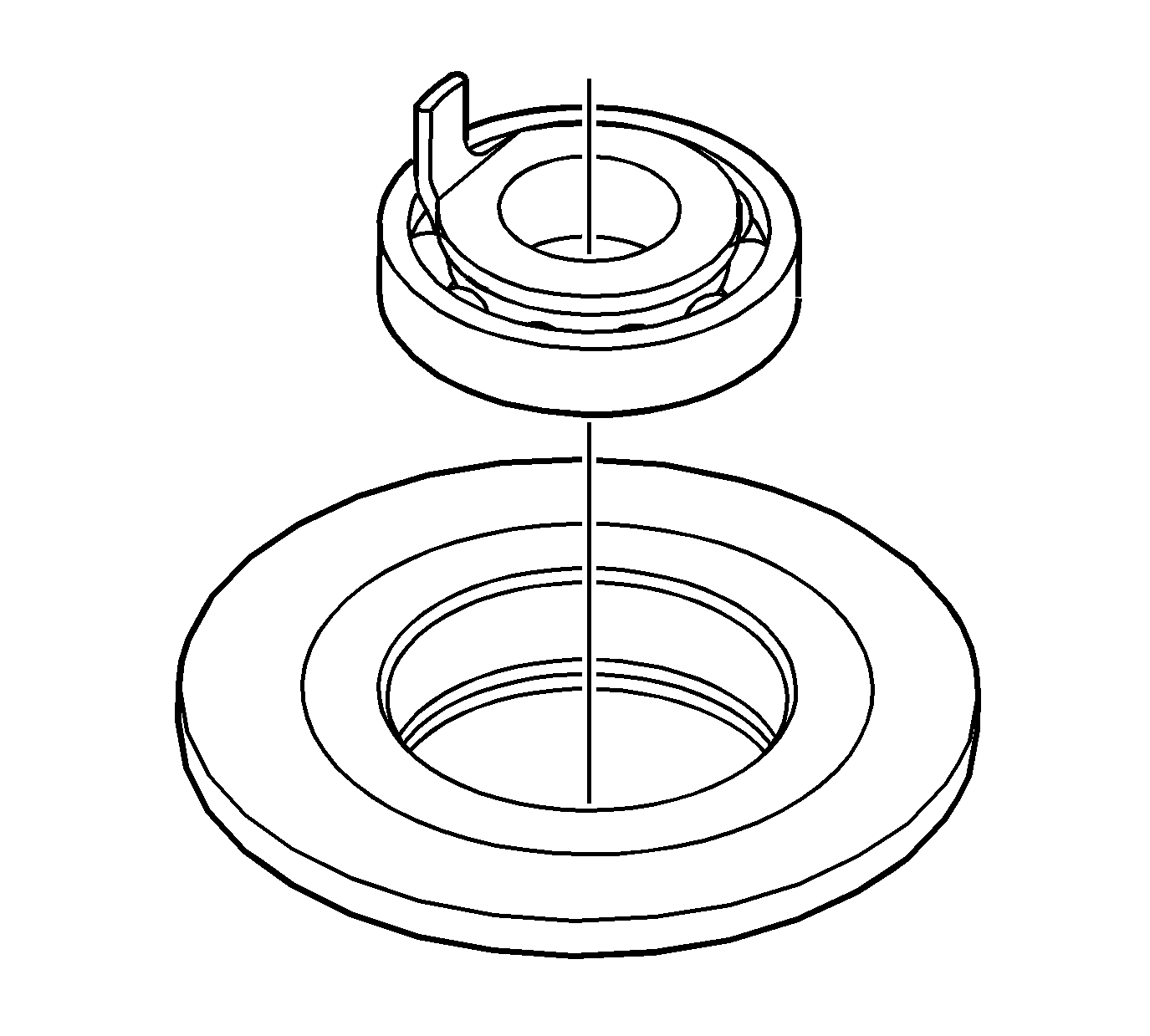
- If 2nd design, remove the clutch pressure
plate bearing, with the clutch bearing inner support, from the clutch pressure
plate.
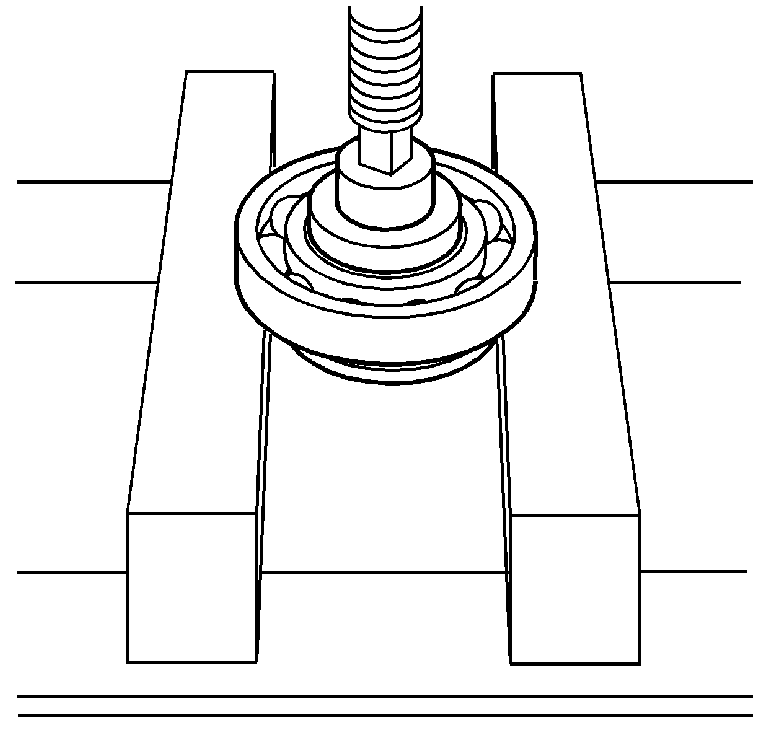
- Inspect the bearing for
being faulty. Refer to
Transfer Case Cleaning and Inspection
.
- If the bearing is faulty, using a hydraulic press and a suitable
adapter, remove the clutch pressure plate bearing from the clutch bearing
inner support.
- Discard the bearing after removal.
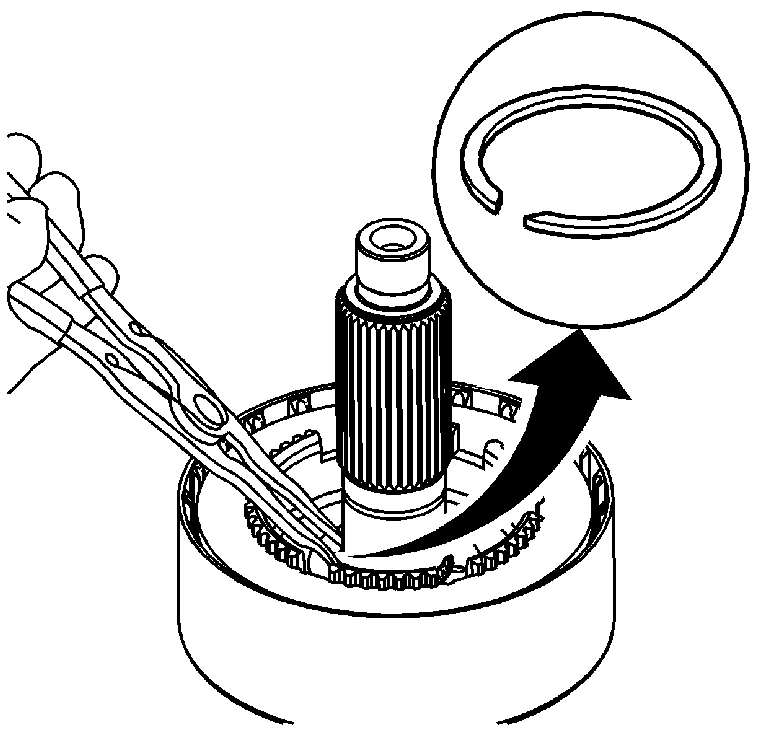
- Remove the clutch hub
retaining ring.
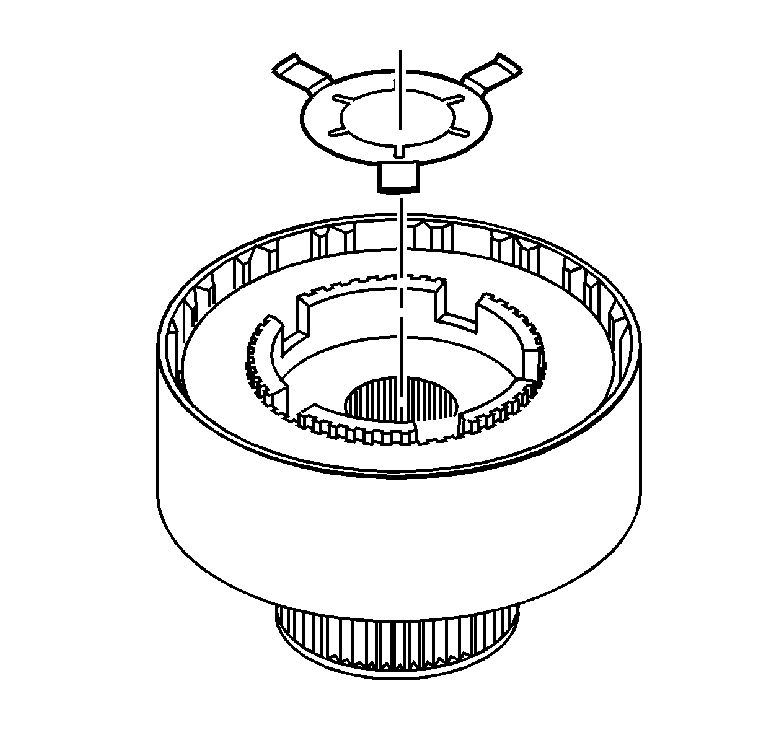
- Remove the clutch housing
and hub assembly from the rear output shaft.
Important: Do not remove the oil restrictor plate on the 2nd design clutch hub.
The oil restrictor plate is only serviced with the clutch hub.
- 1st design, remove the clutch hub oil restrictor plate.
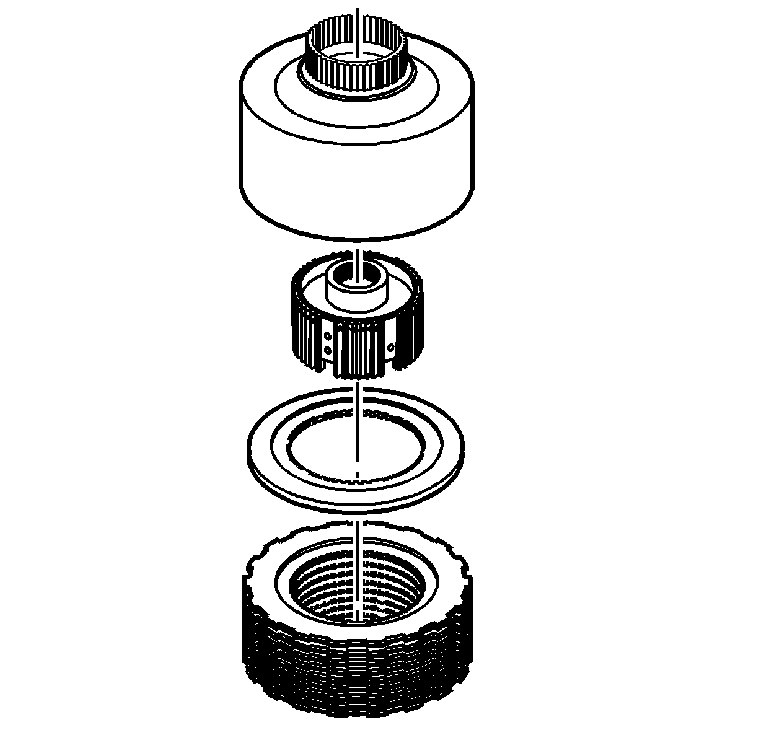
- Turn the clutch assembly
over on a workbench.
- If 1st design, remove the clutch housing.
- If 1st design, remove the clutch hub.
- If 1st design, remove the clutch backing plate.
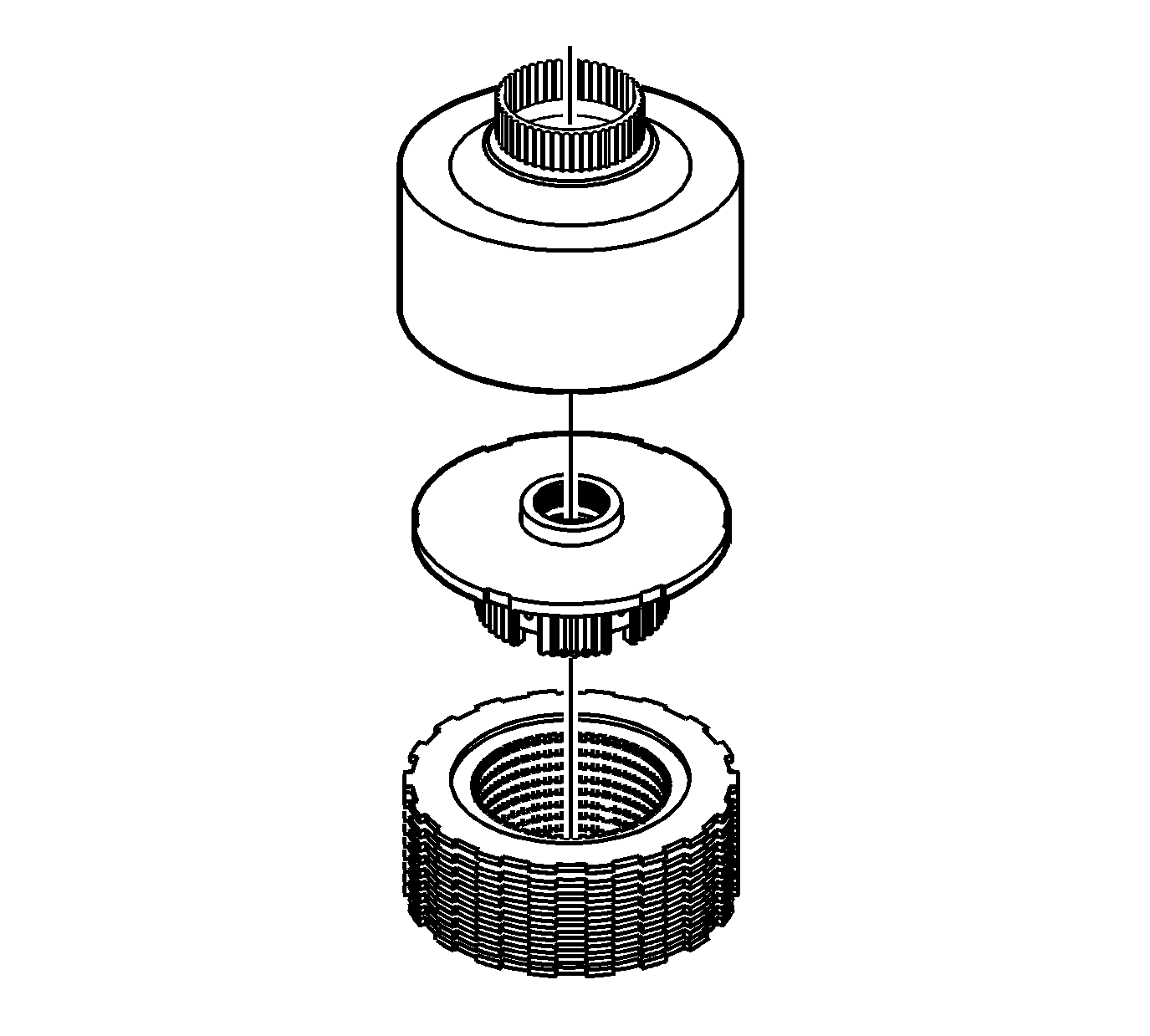
- If 2nd design, remove the clutch housing.
- If 2nd design, remove the clutch hub.
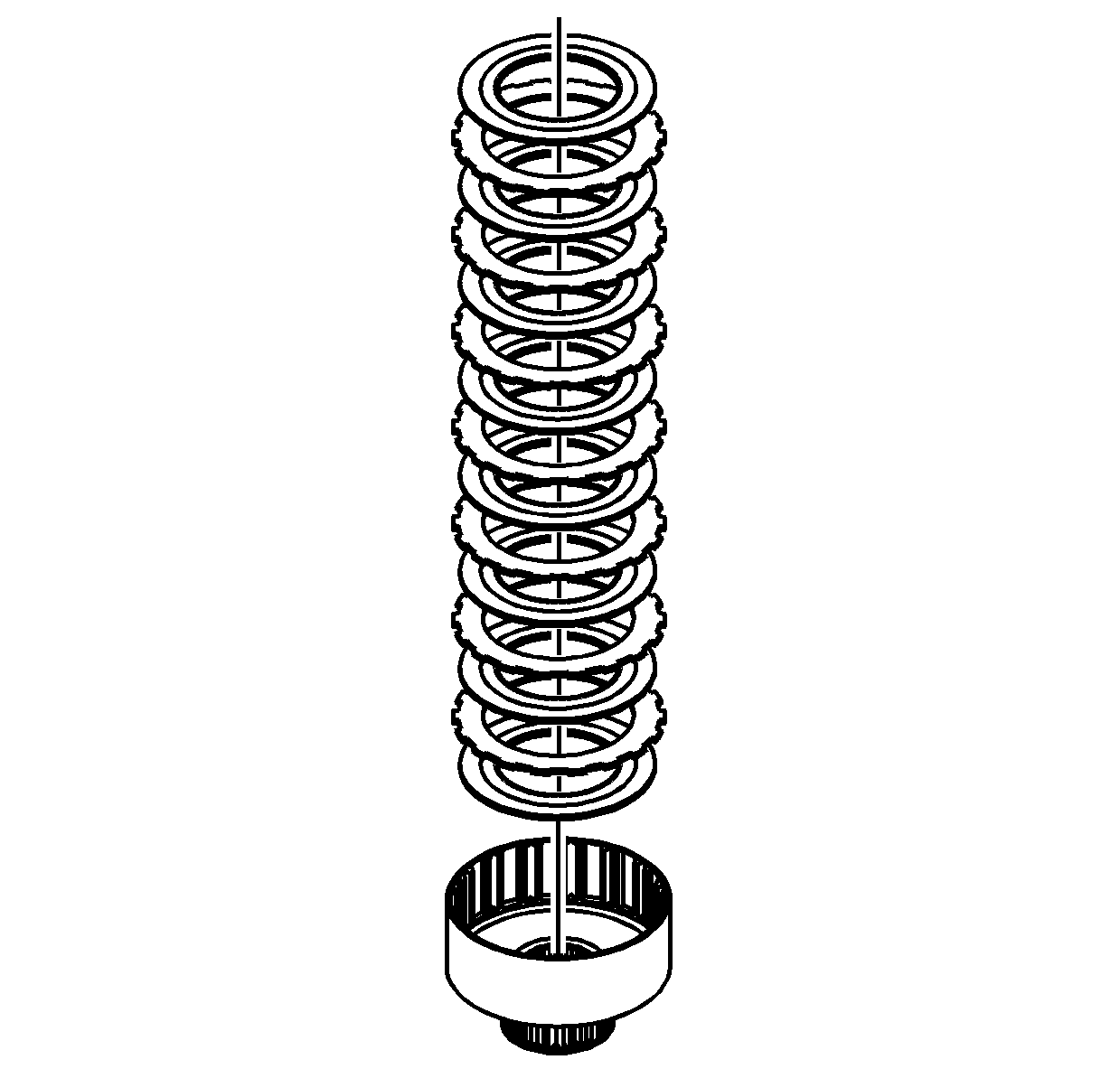
Important: Do not wash the clutch inner friction plates in cleaning solvent.
- Separate the clutch plates for inspection.
- Remove and discard the shim or shims.
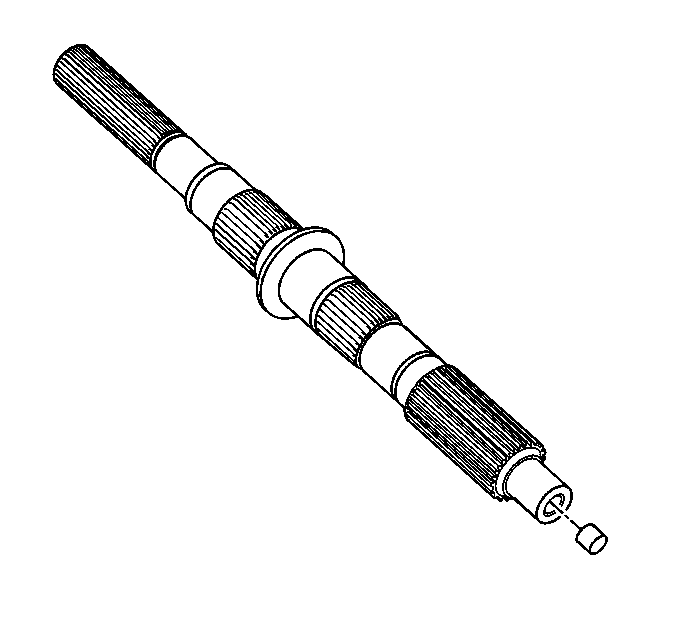
- Remove the oil restrictor
from the rear output shaft, if replacing the shaft.
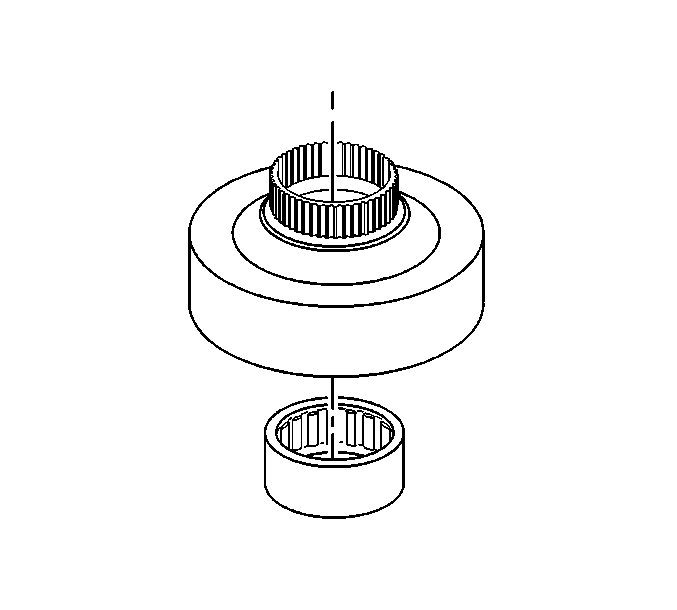
- Inspect the bearing in
the clutch housing for being faulty. Refer to
Transfer Case Cleaning and Inspection
.
- If the bearing is faulty, use a brass drift and a hammer to remove
the bearing.
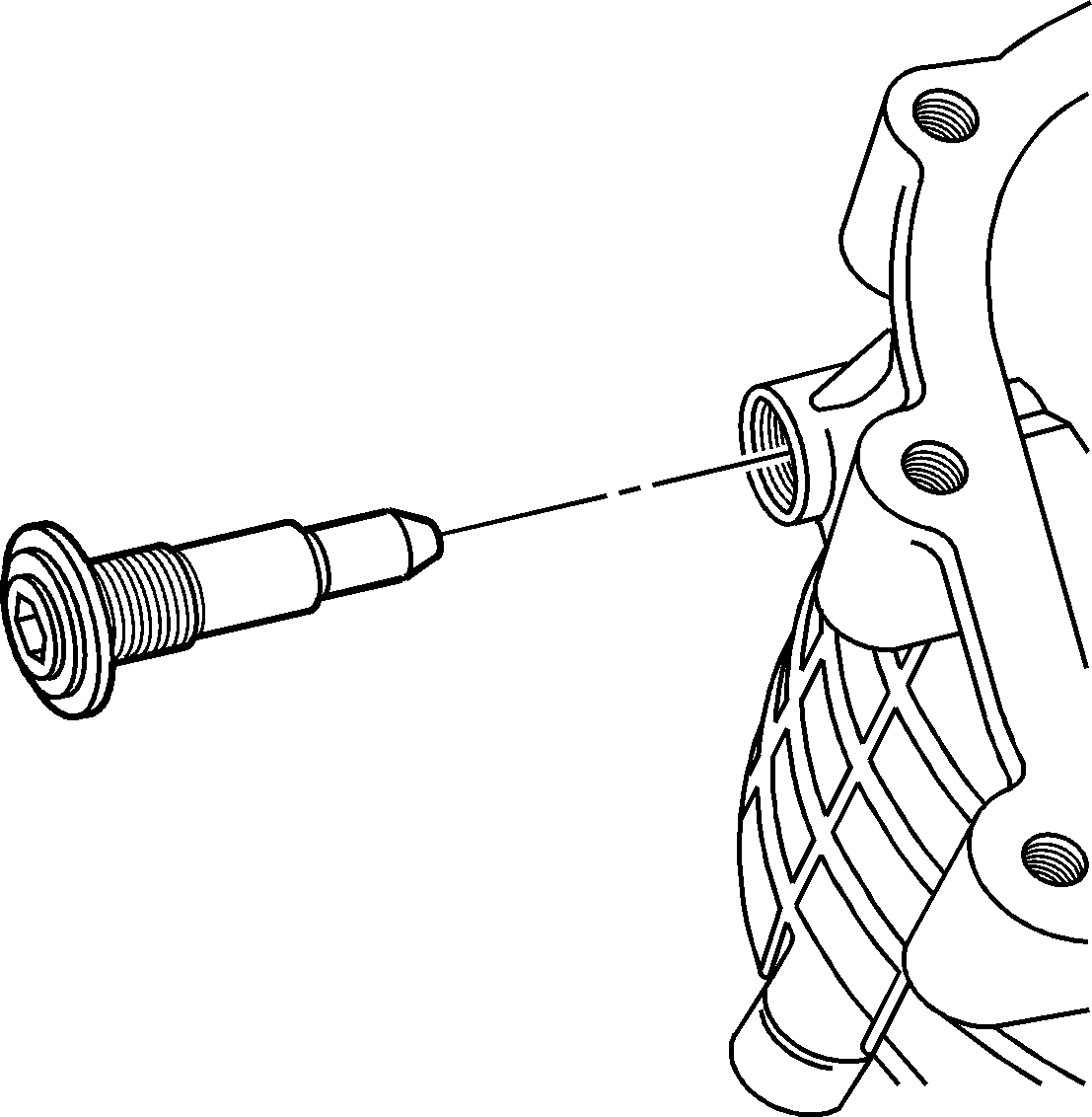
- Remove both of the clutch
lever pivot pins with washers and O-ring seals.
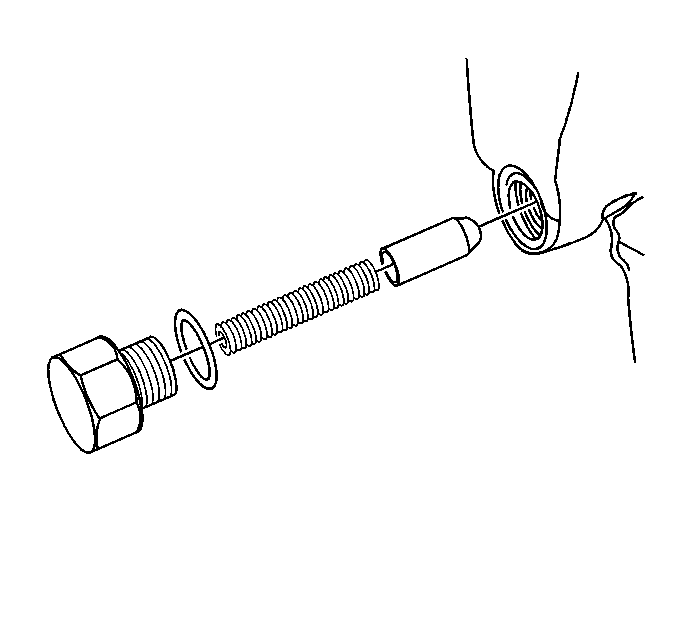
- Remove the shift detent
spring bolt.
- Remove the following components:
| • | The shift detent plunger plug O-ring seal |
| • | The shift detent spring |
| • | The shift detent plunger |
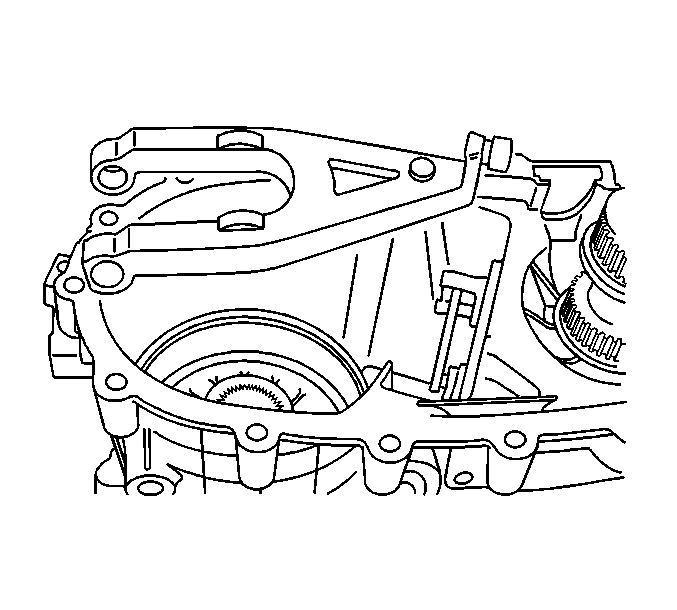
- Remove the clutch lever
assembly.
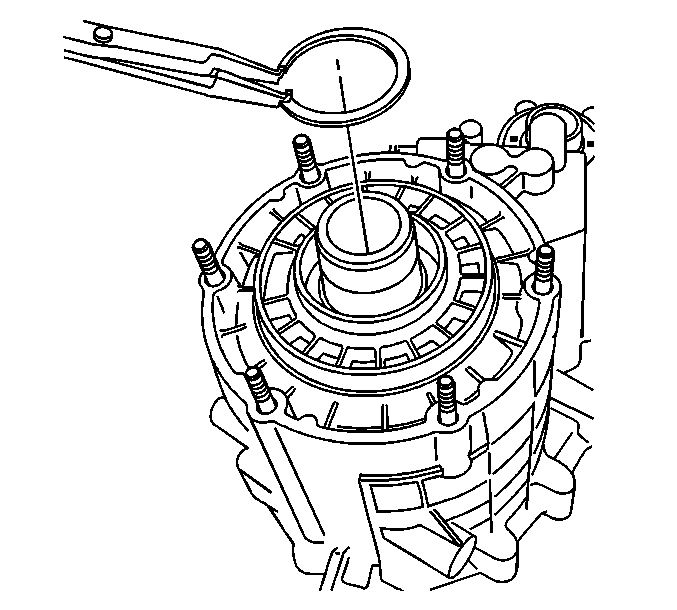
Important: Do not scratch the oil seal surface of the input shaft with the retaining
ring.
- Remove the input shaft retaining ring.
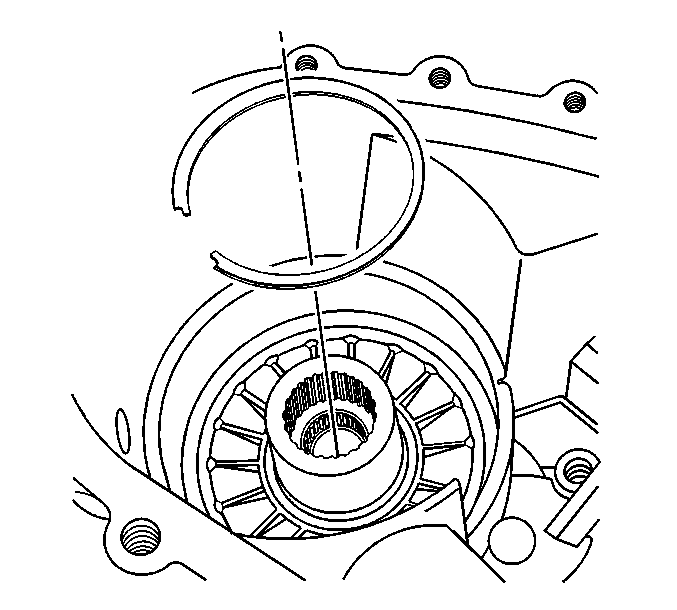
- Remove the input shaft
bearing retaining ring.
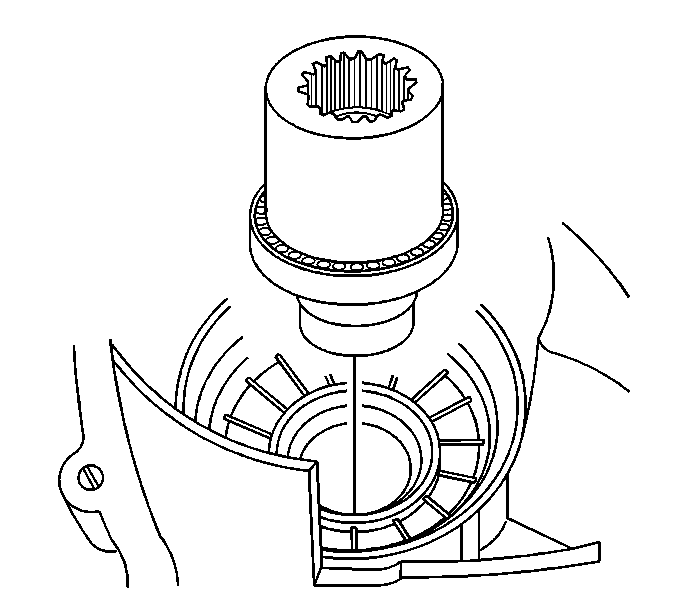
- Remove the input shaft
assembly.
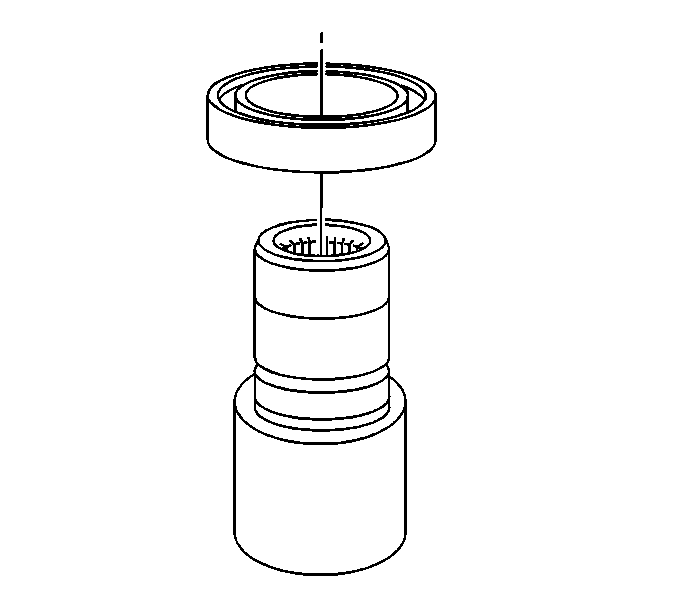
- Remove the input shaft
bearing. Do not use the bearing again after removal.
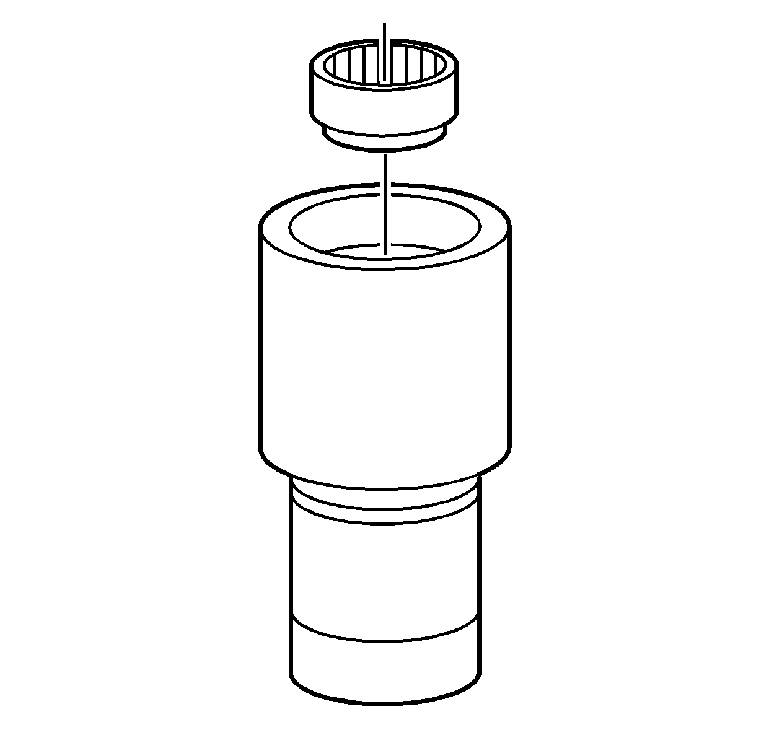
- Using a brass drift, remove
the input gear pilot bearing. Do not use the bearing again after removal.
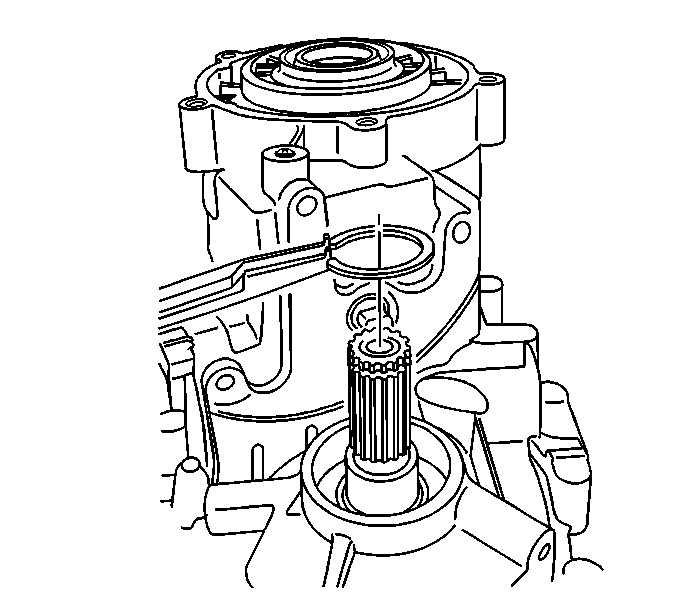
Important: Do not scratch the oil seal surface on the front output shaft when removing
the retaining ring.
- Remove the front output shaft retaining ring.
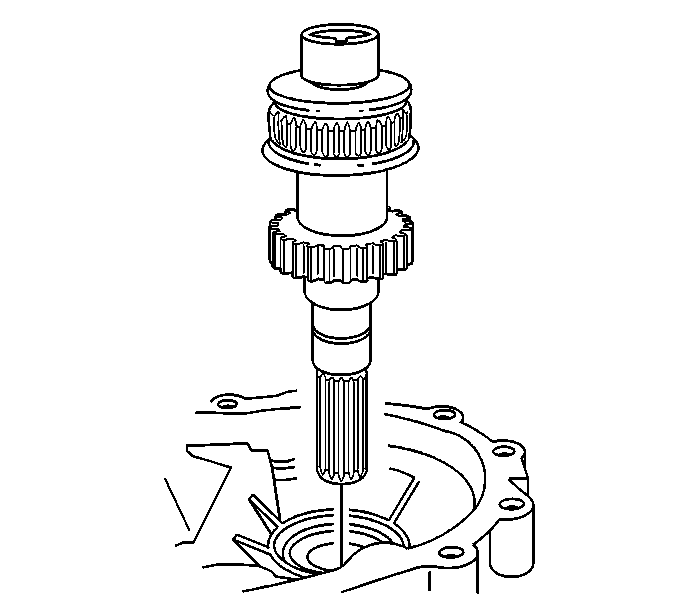
- Remove the front output
shaft assembly.

- If damaged, remove the
speed sensor reluctor wheel from the front output shaft using a hydraulic
press. Do not use the speed sensor reluctor wheel again after removal.
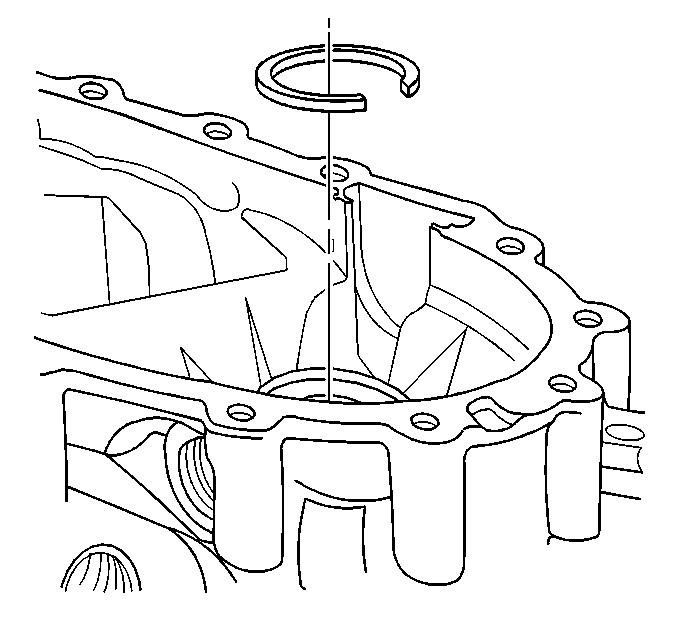
- Remove the front output
shaft bearing retaining ring.
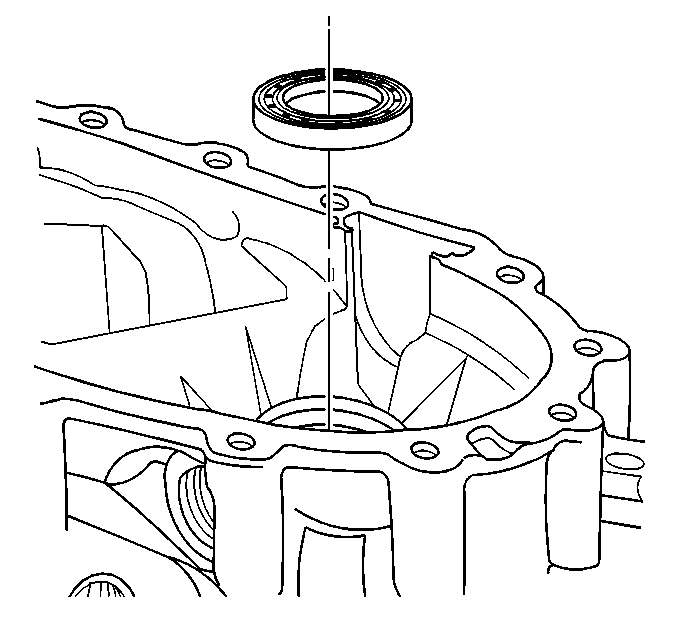
- Remove the front output
shaft bearing.
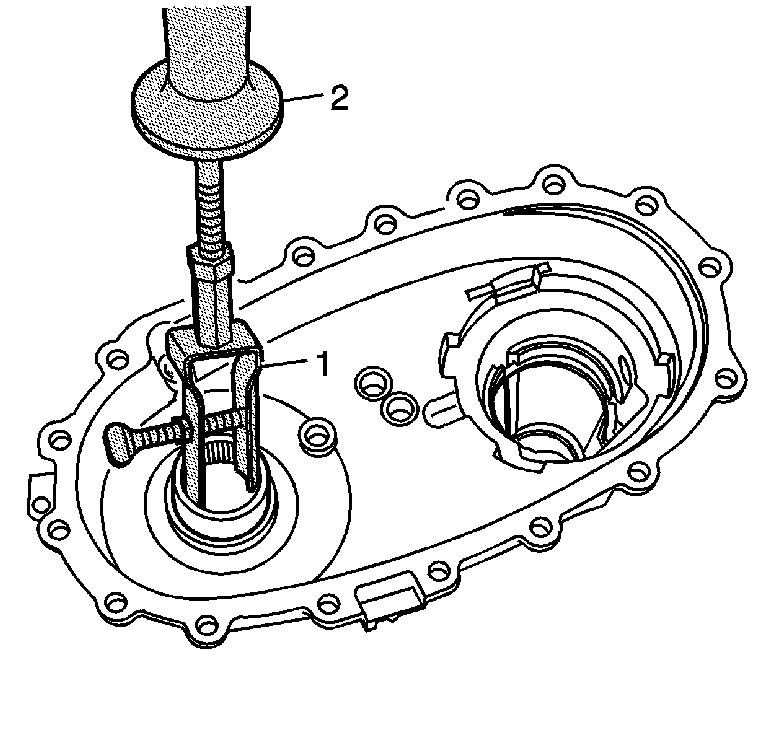
- Inspect the front output
shaft rear bearing for being faulty. Refer to
Transfer Case Cleaning and Inspection
.
- If the bearing is faulty, remove the bearing using the J 23907
(2) and the J 26941
(1).
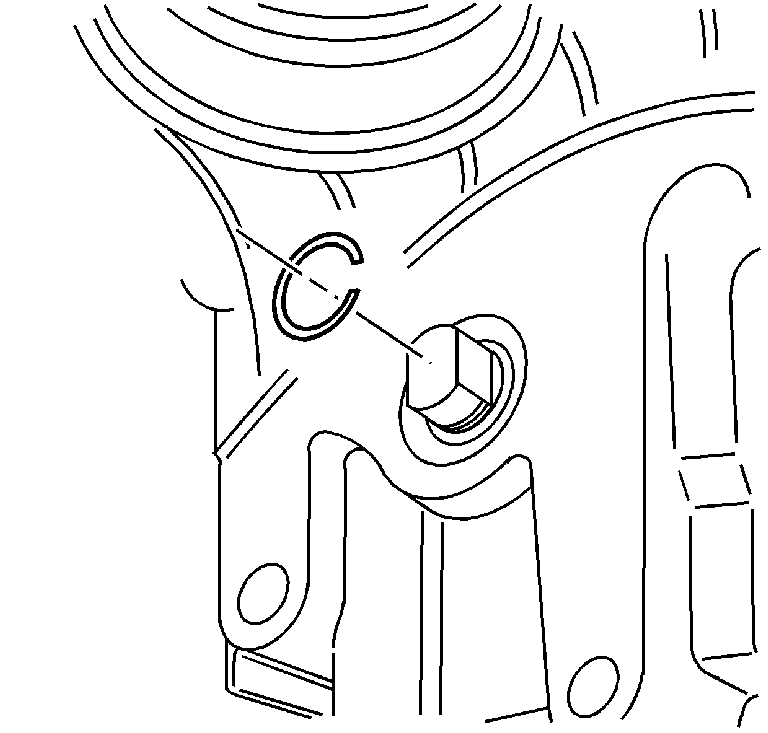
- Remove the retaining ring
for the control actuator lever shaft.
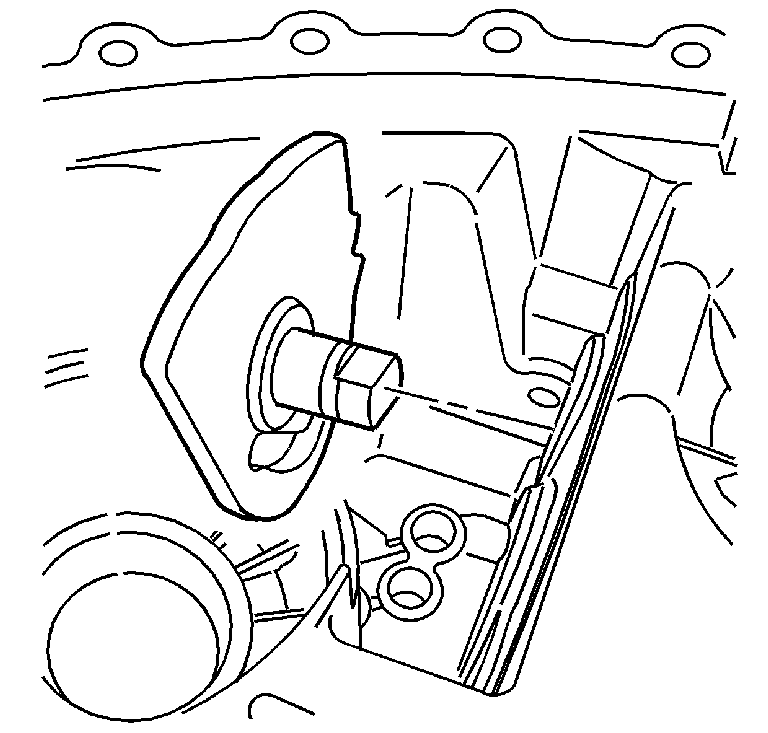
- Remove the control actuator
lever shaft.
- Inspect the control actuator lever bearing and seal for being
faulty. Refer to
Transfer Case Cleaning and Inspection
.
- If the bearing is leaking or faulty, remove the bearing from the
case.
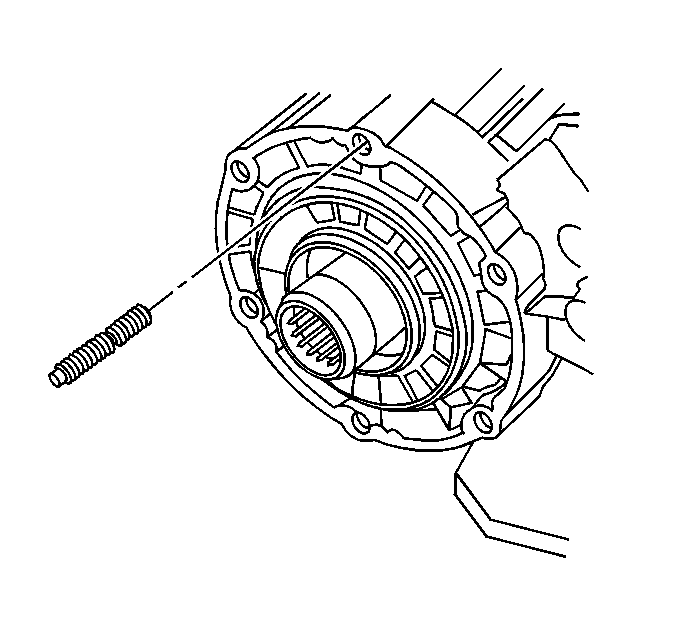
- Remove the mounting studs,
only if they are damaged.





























































